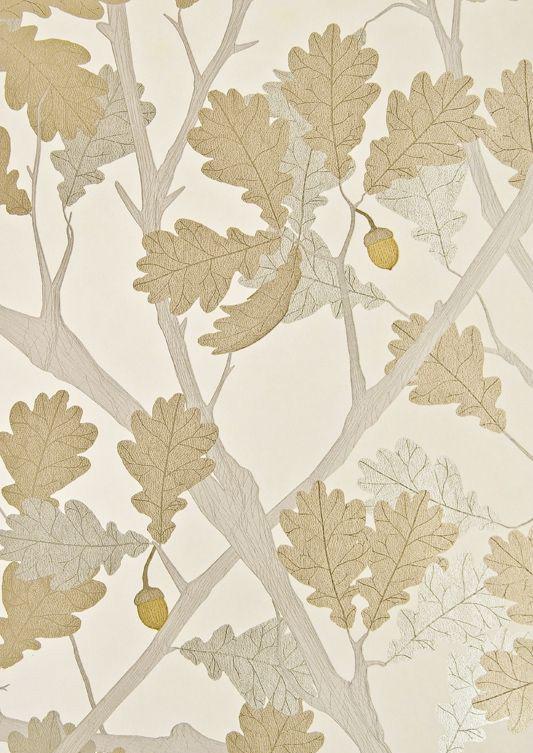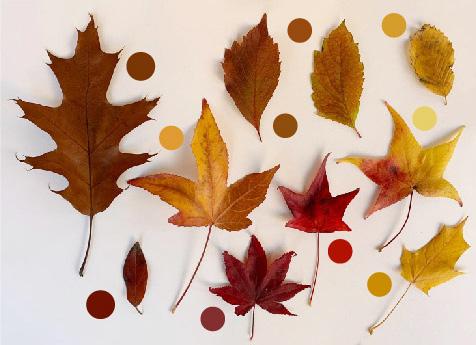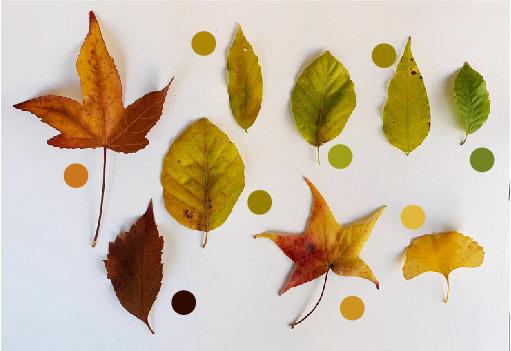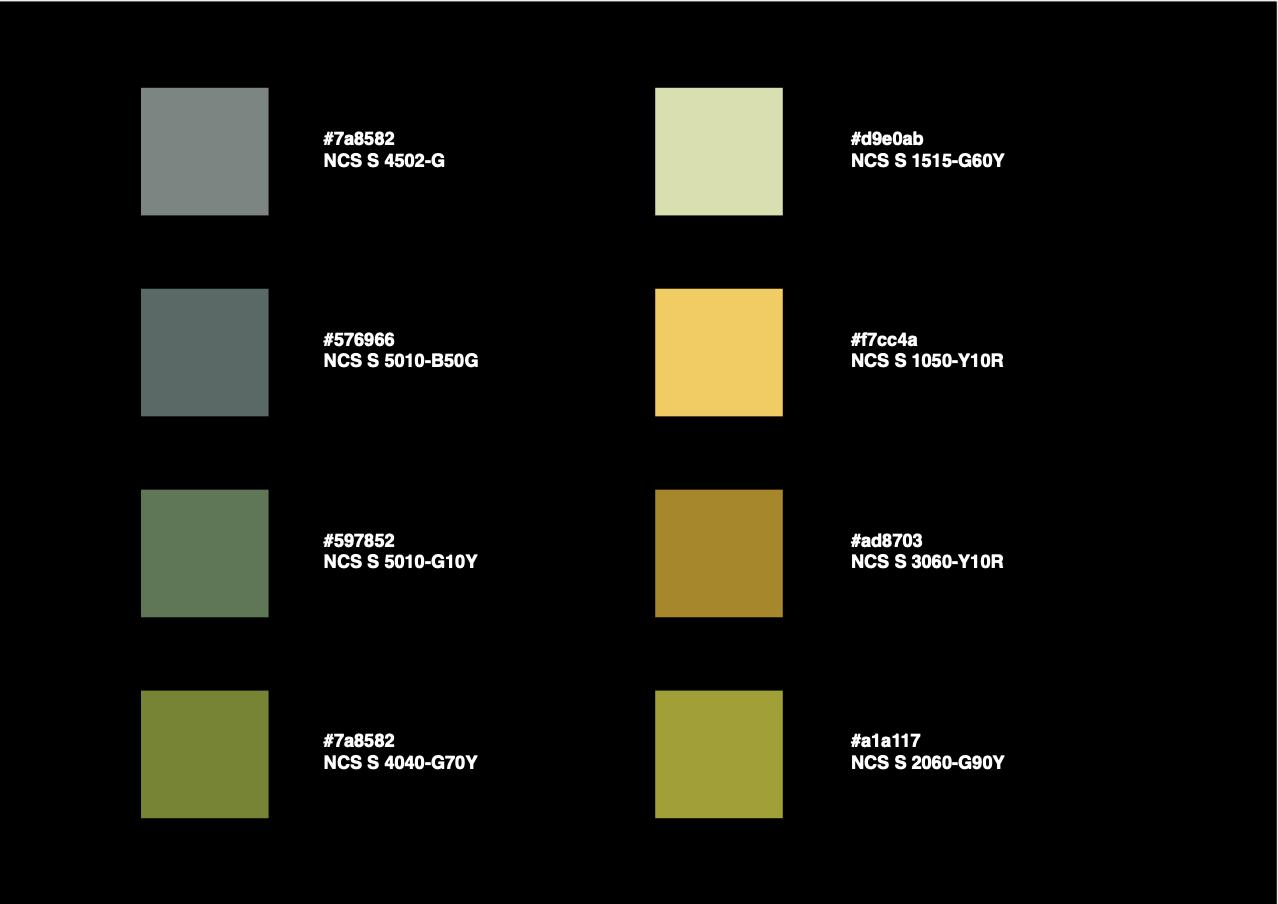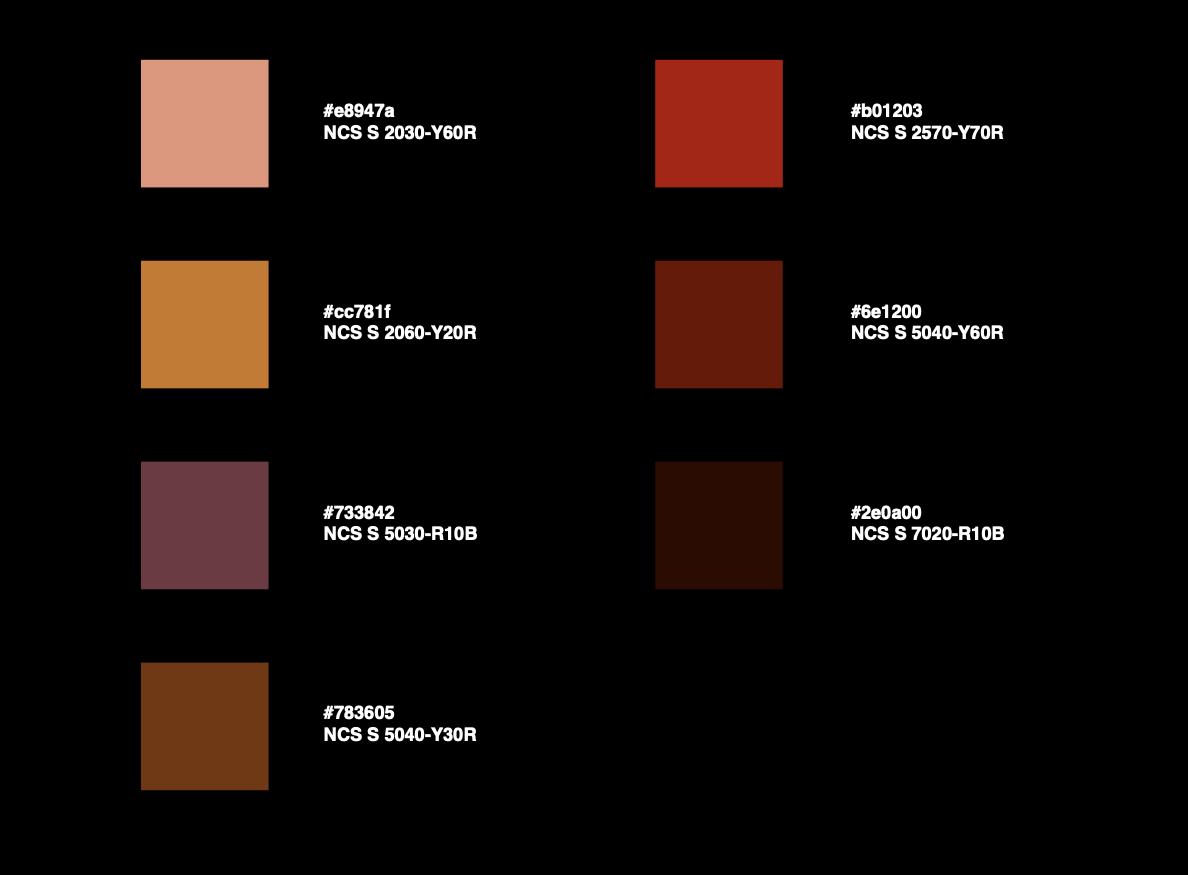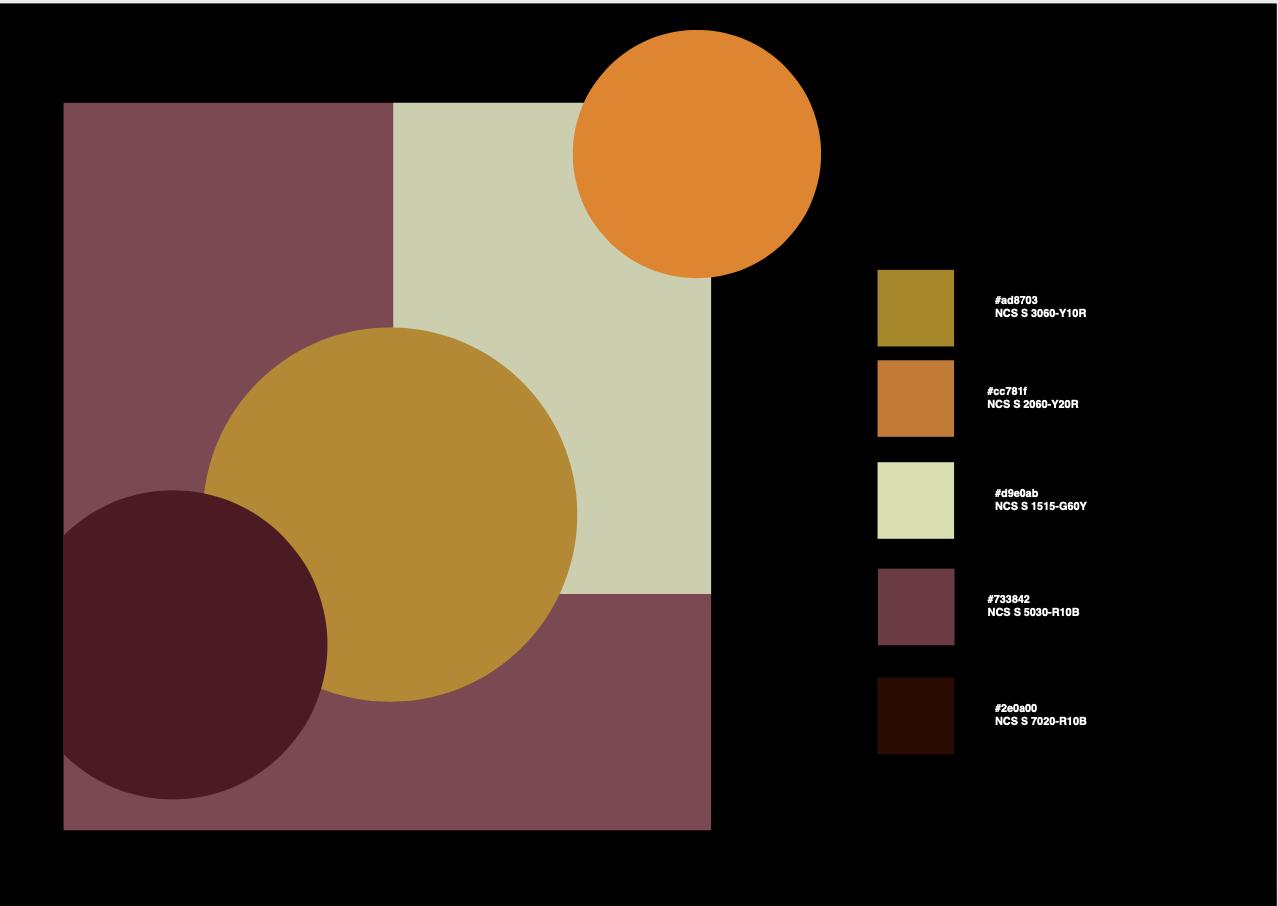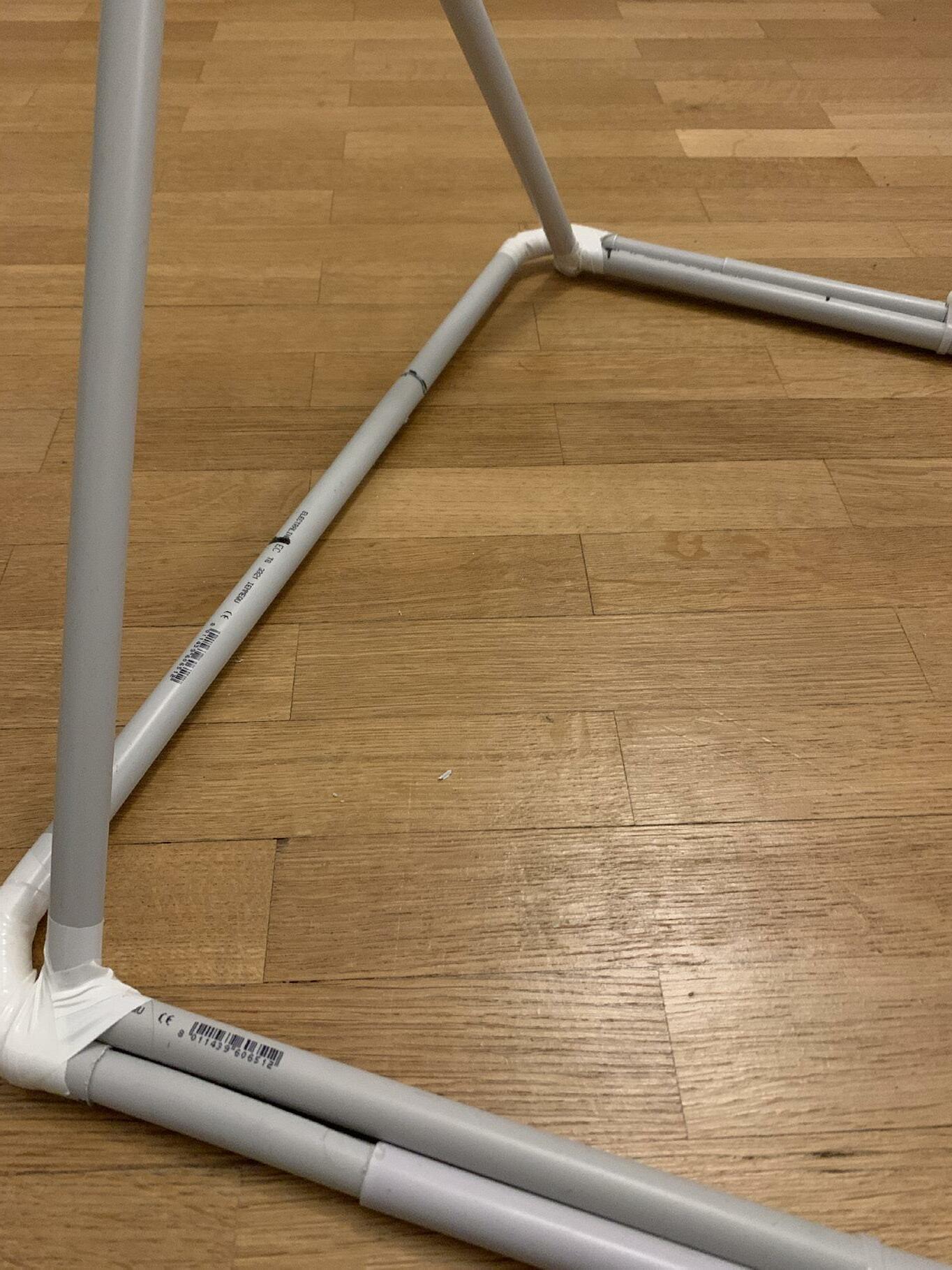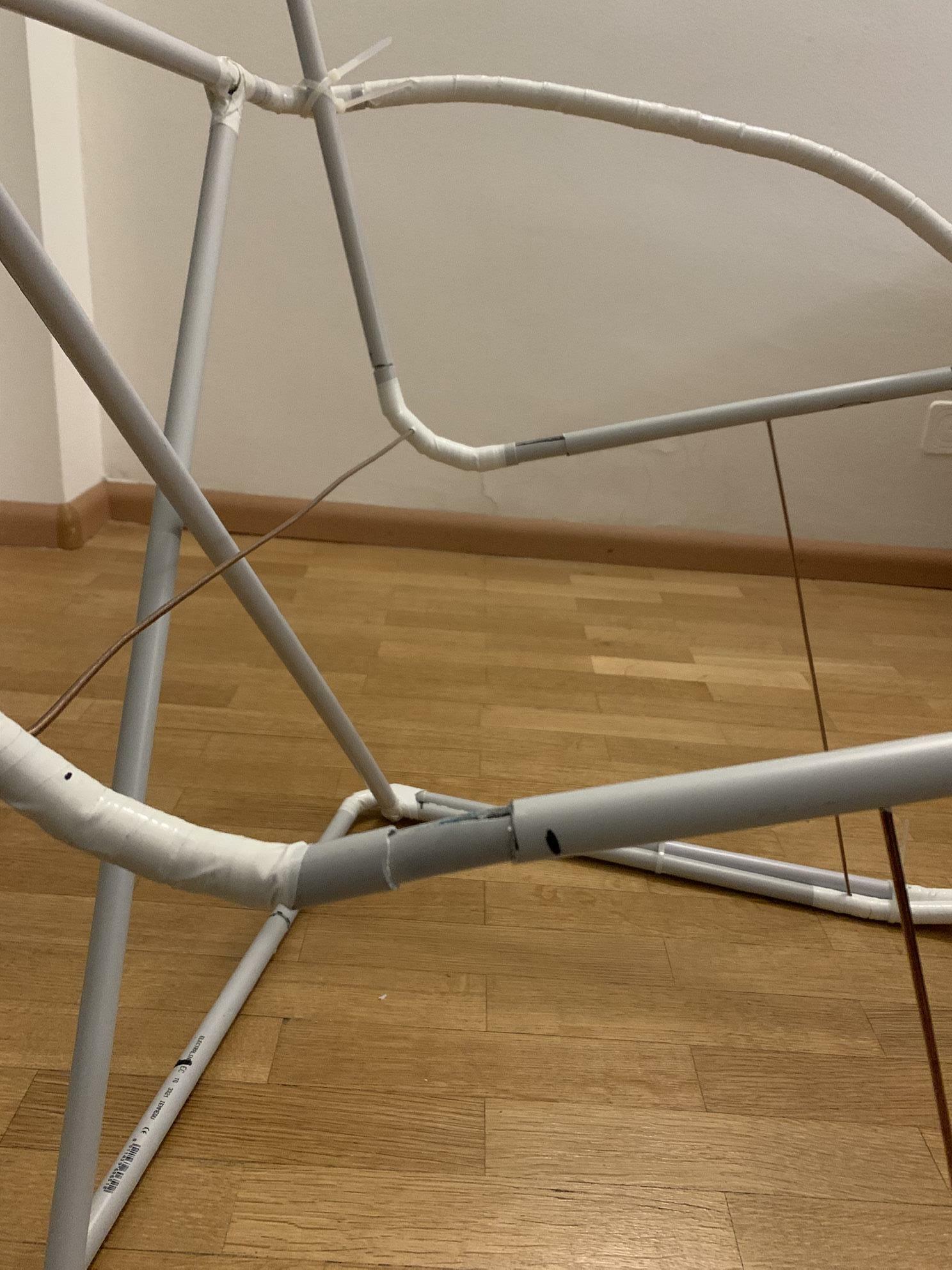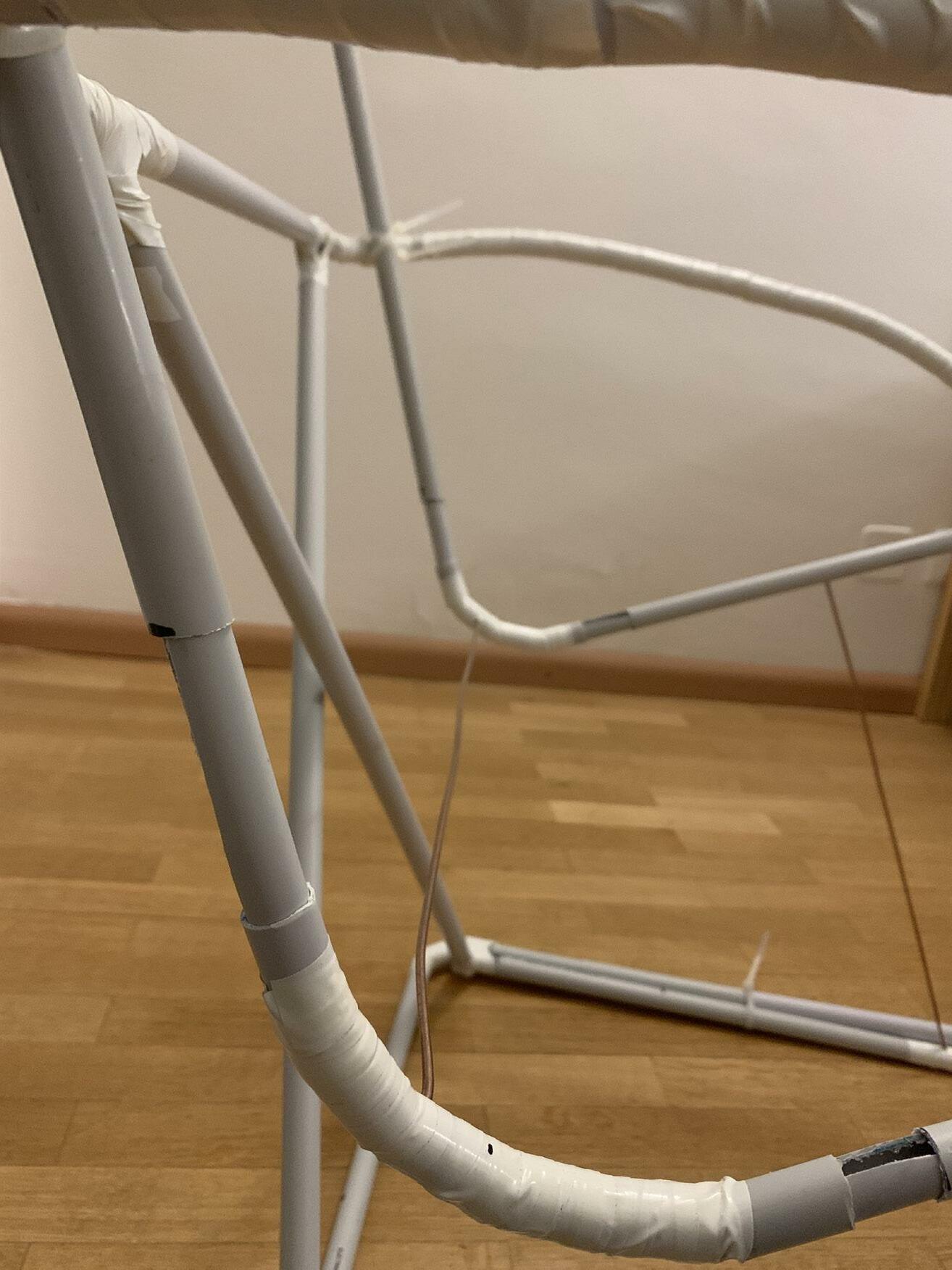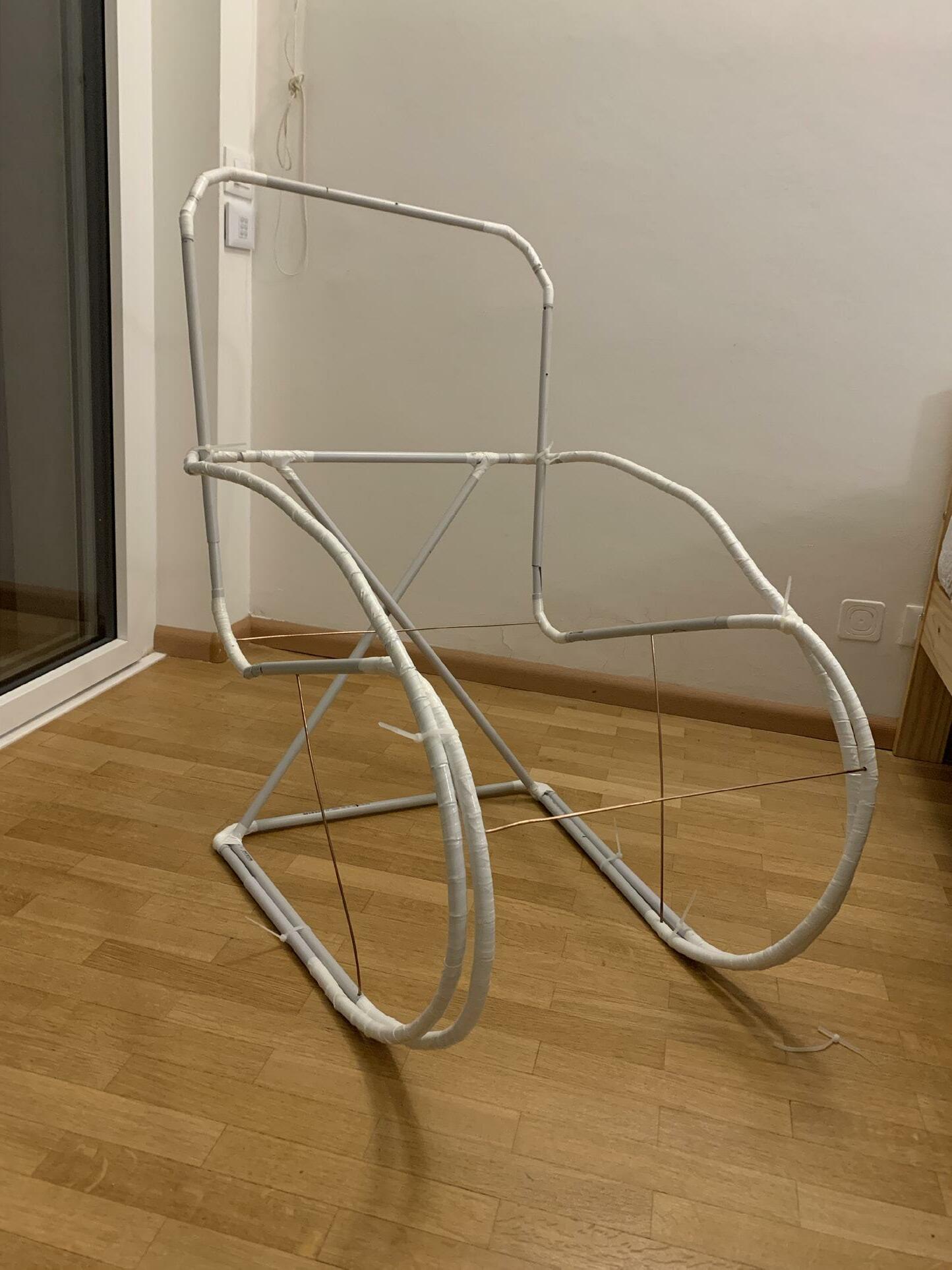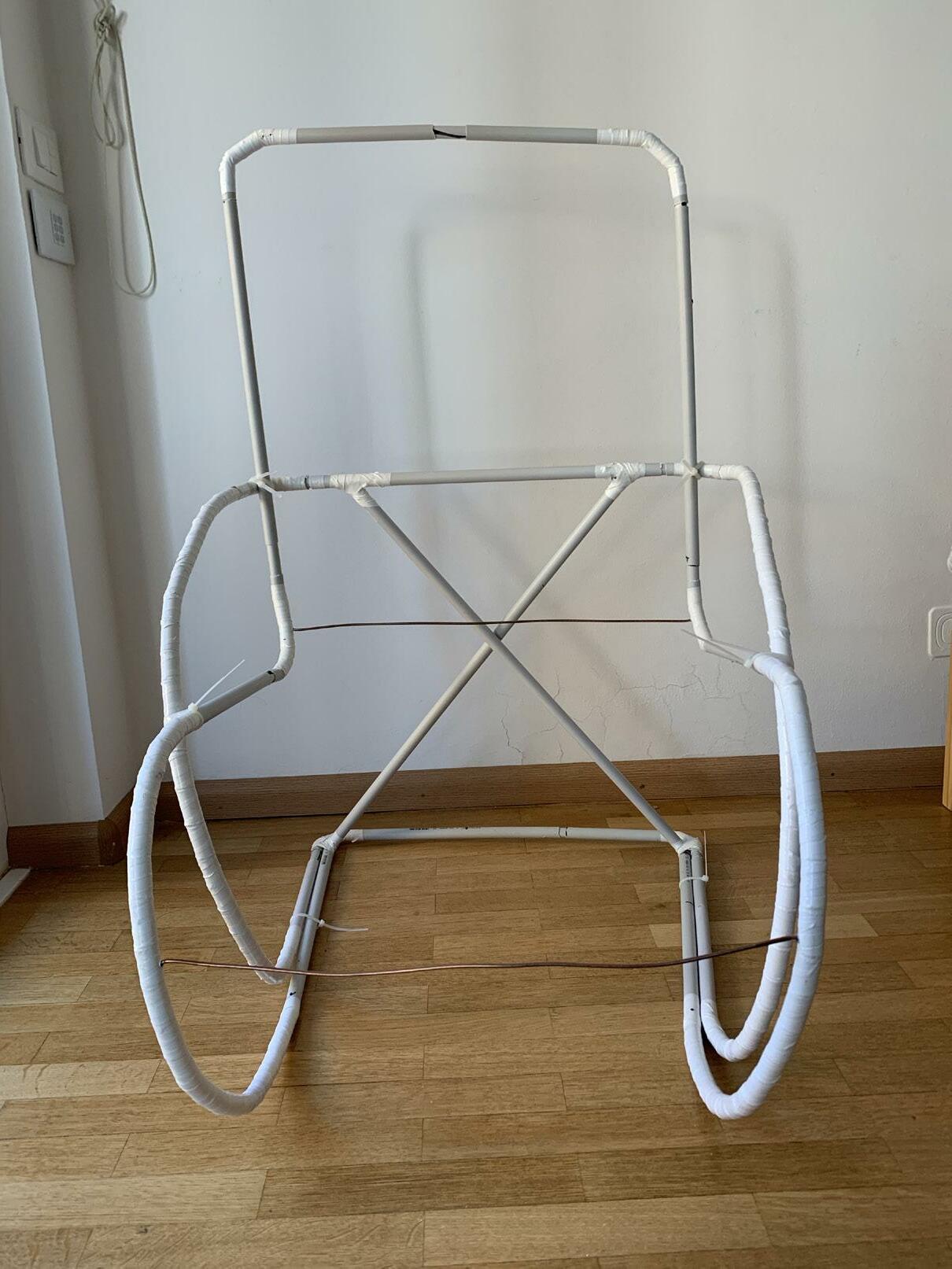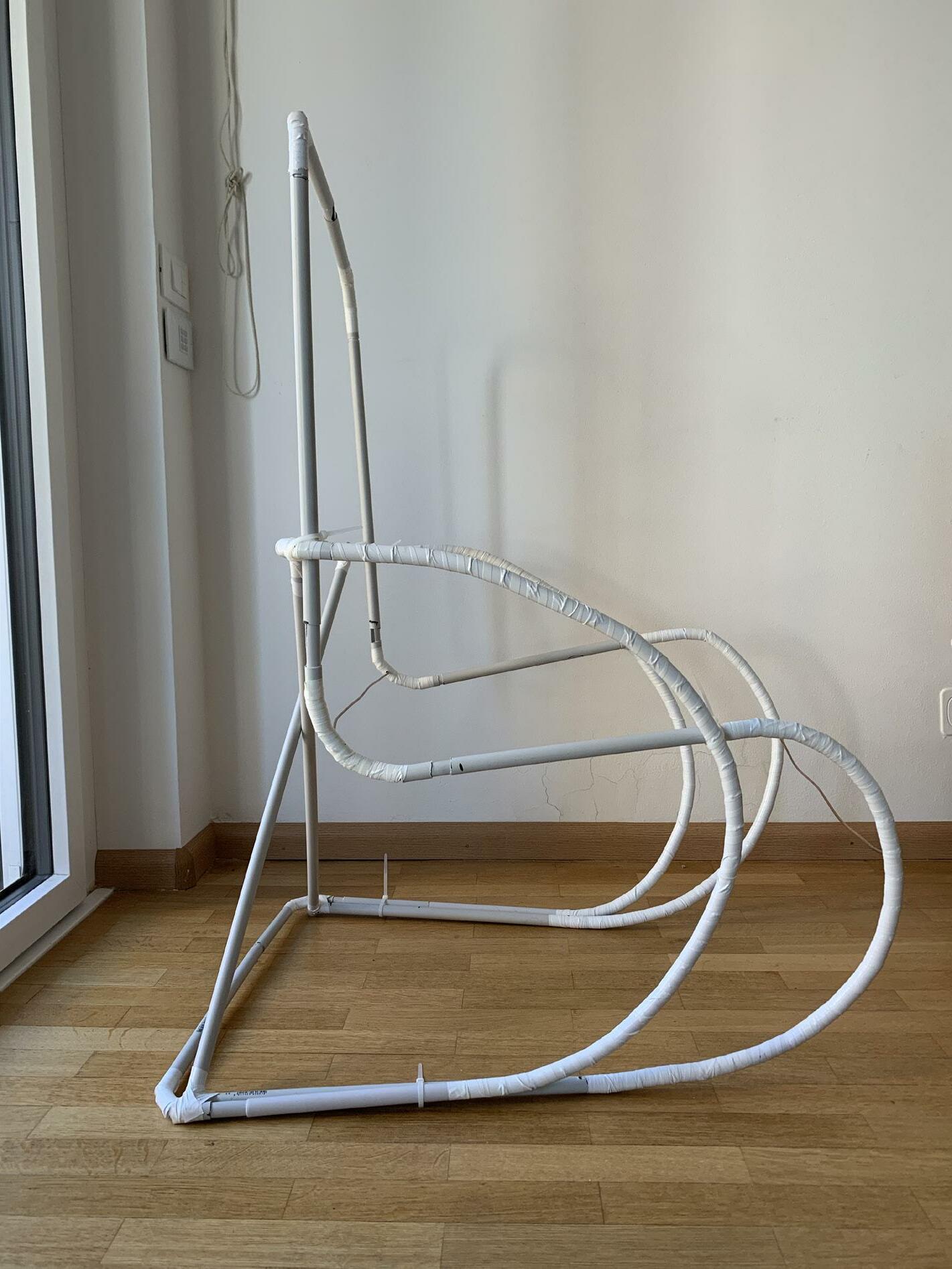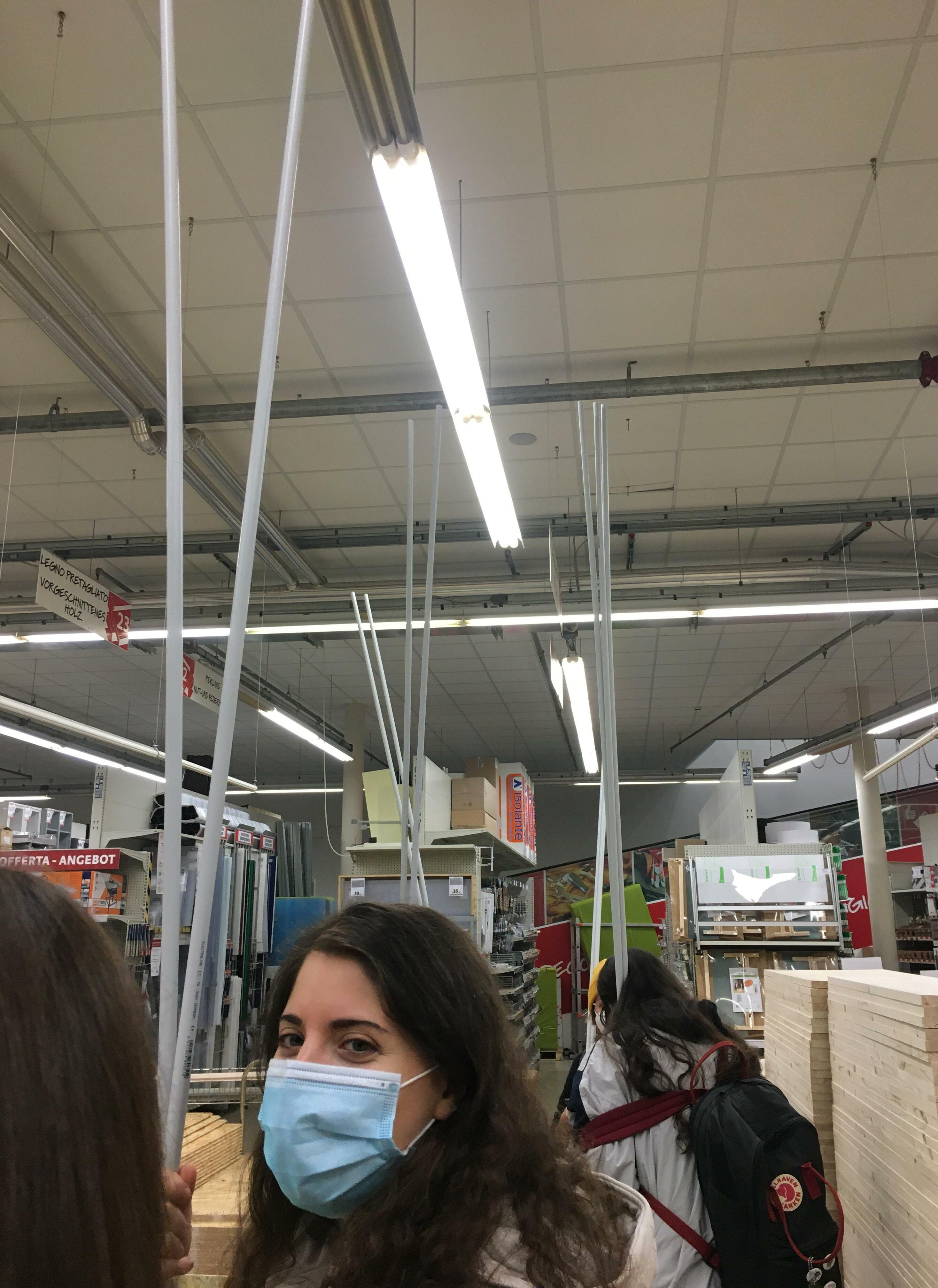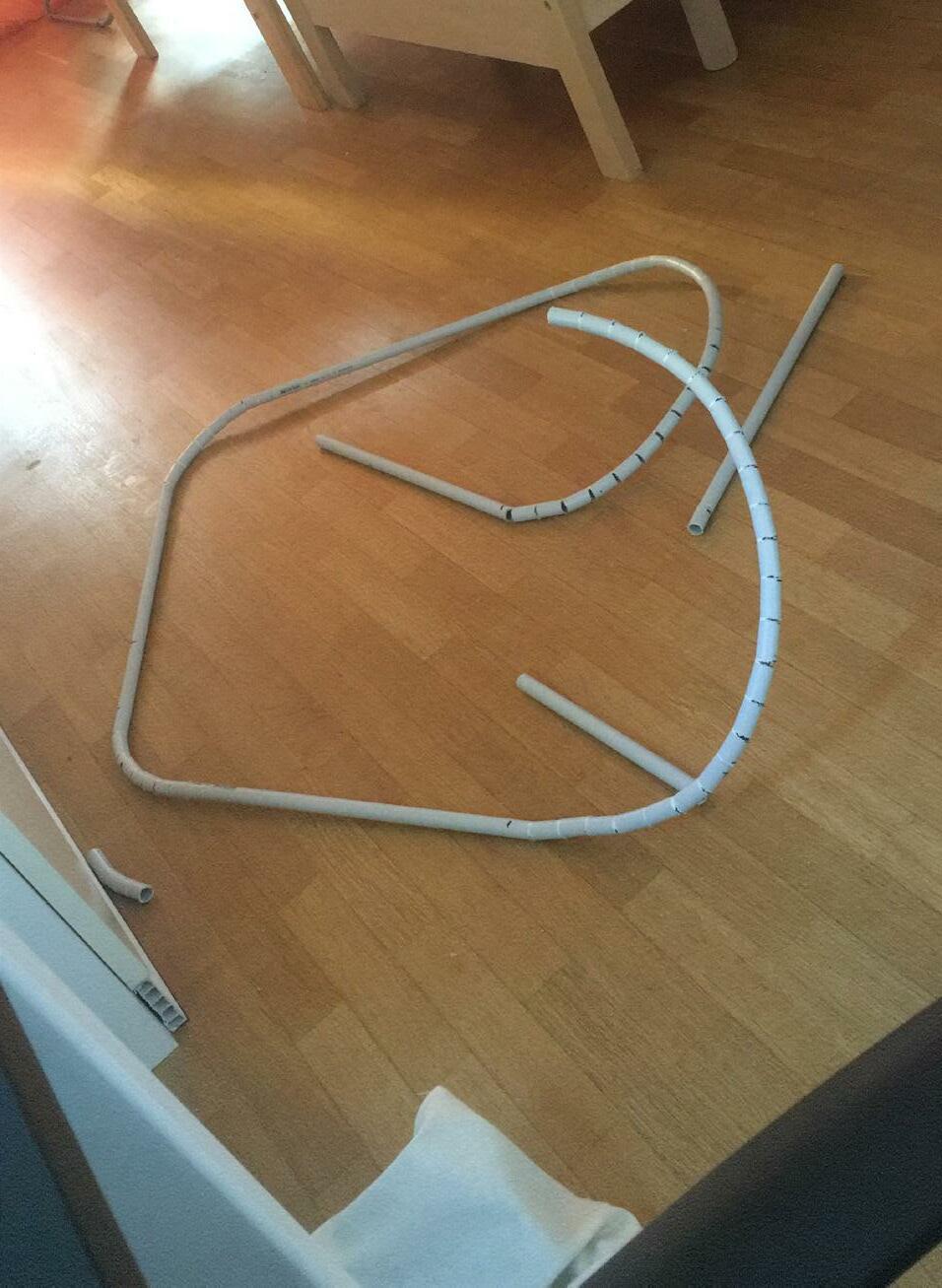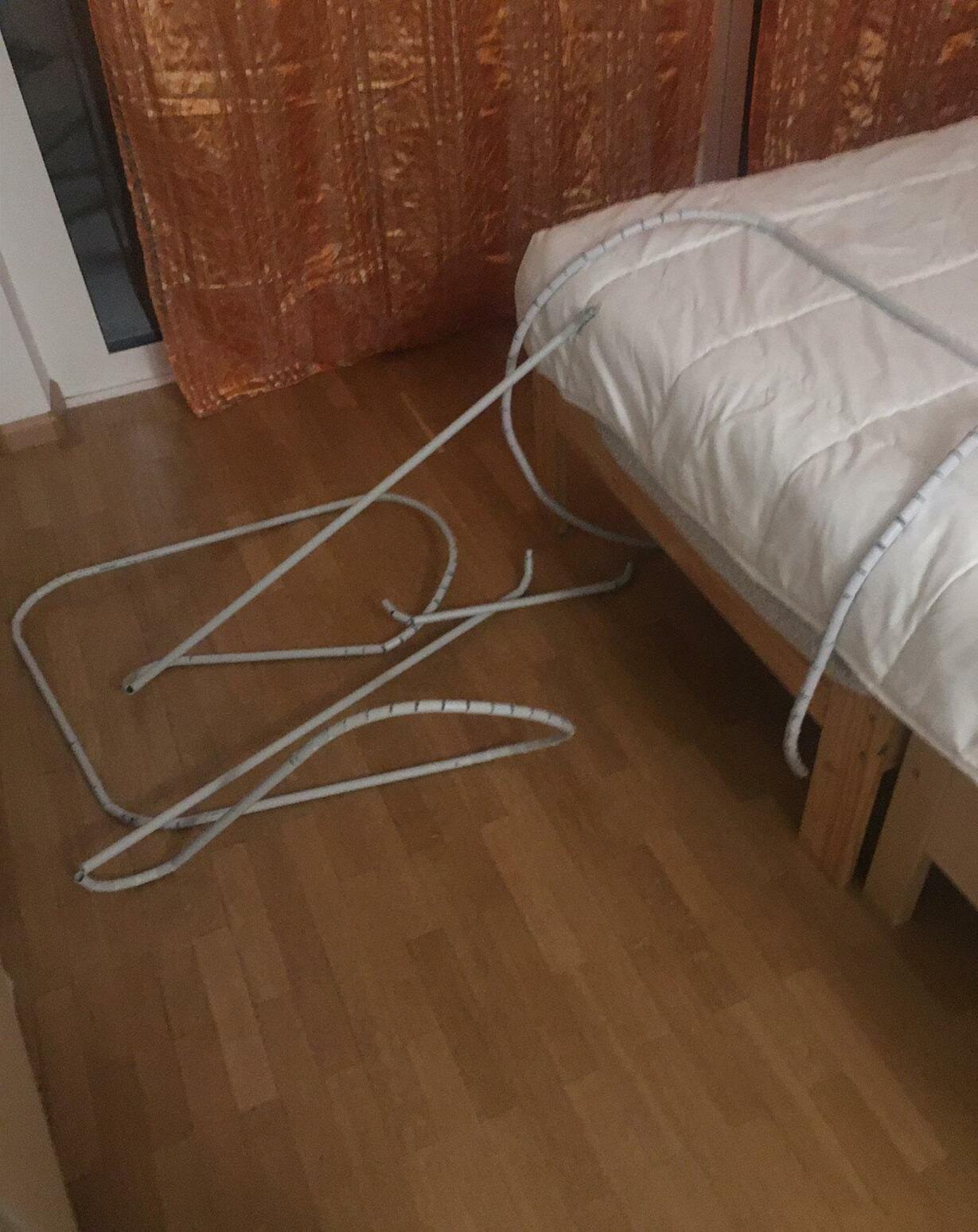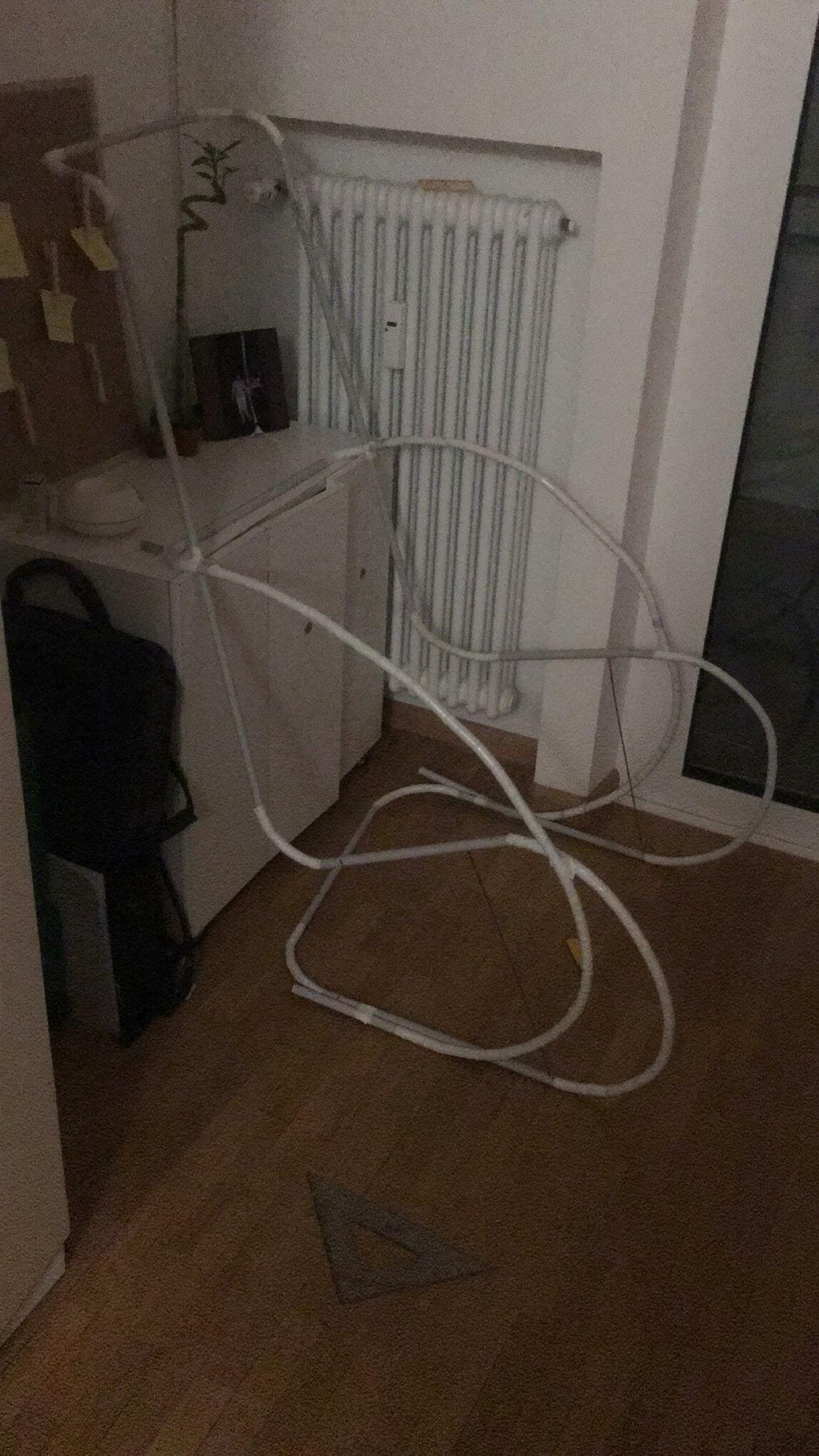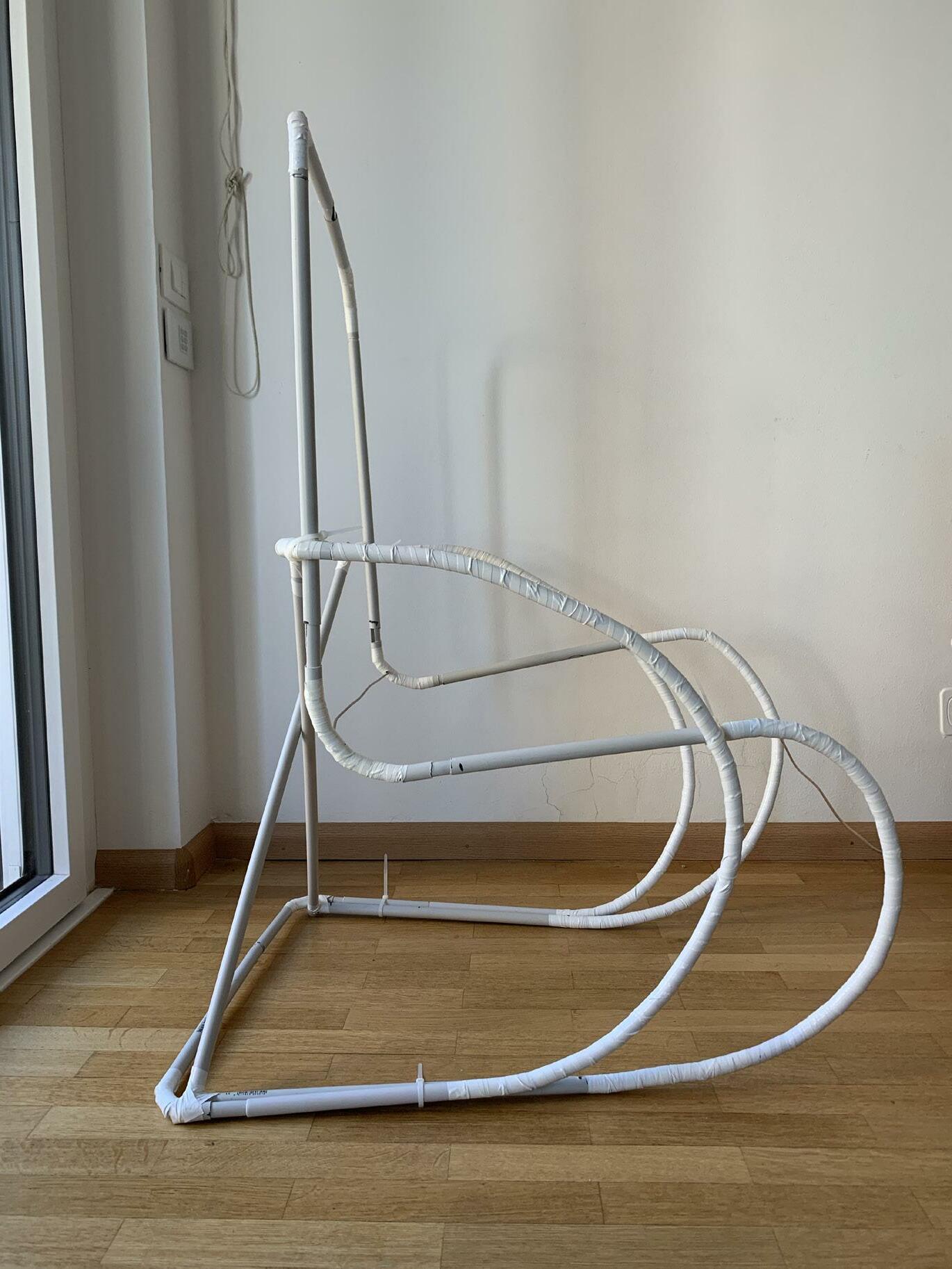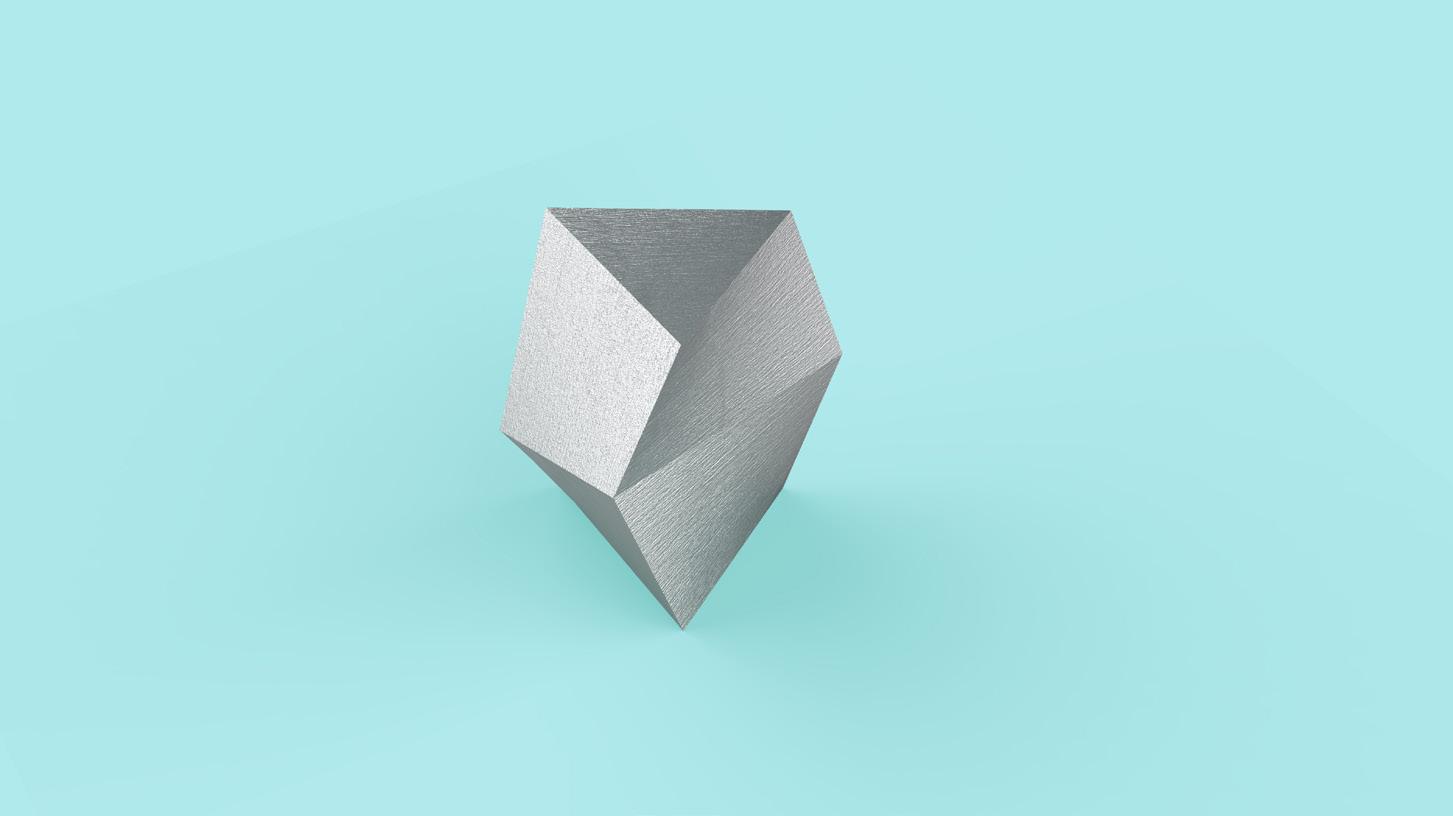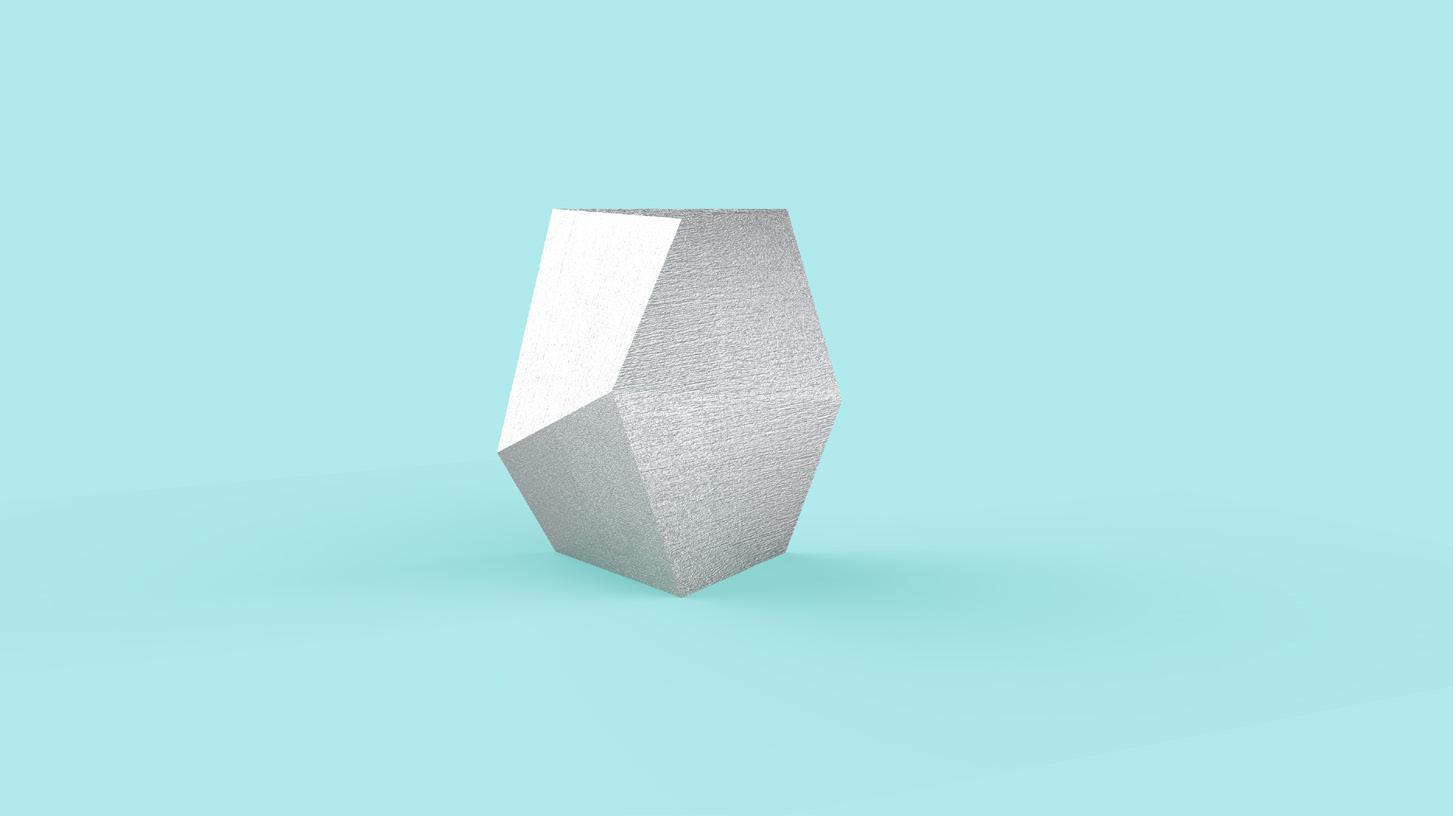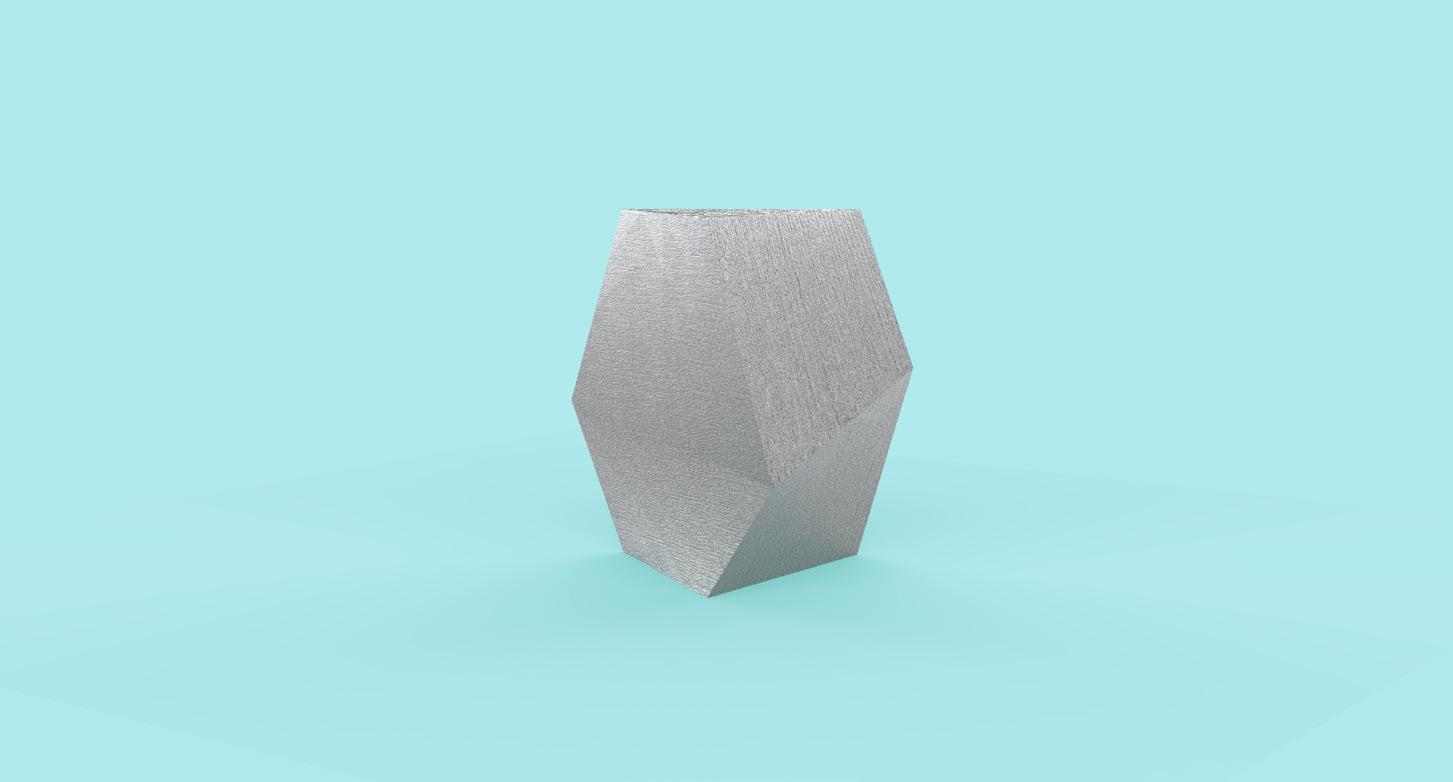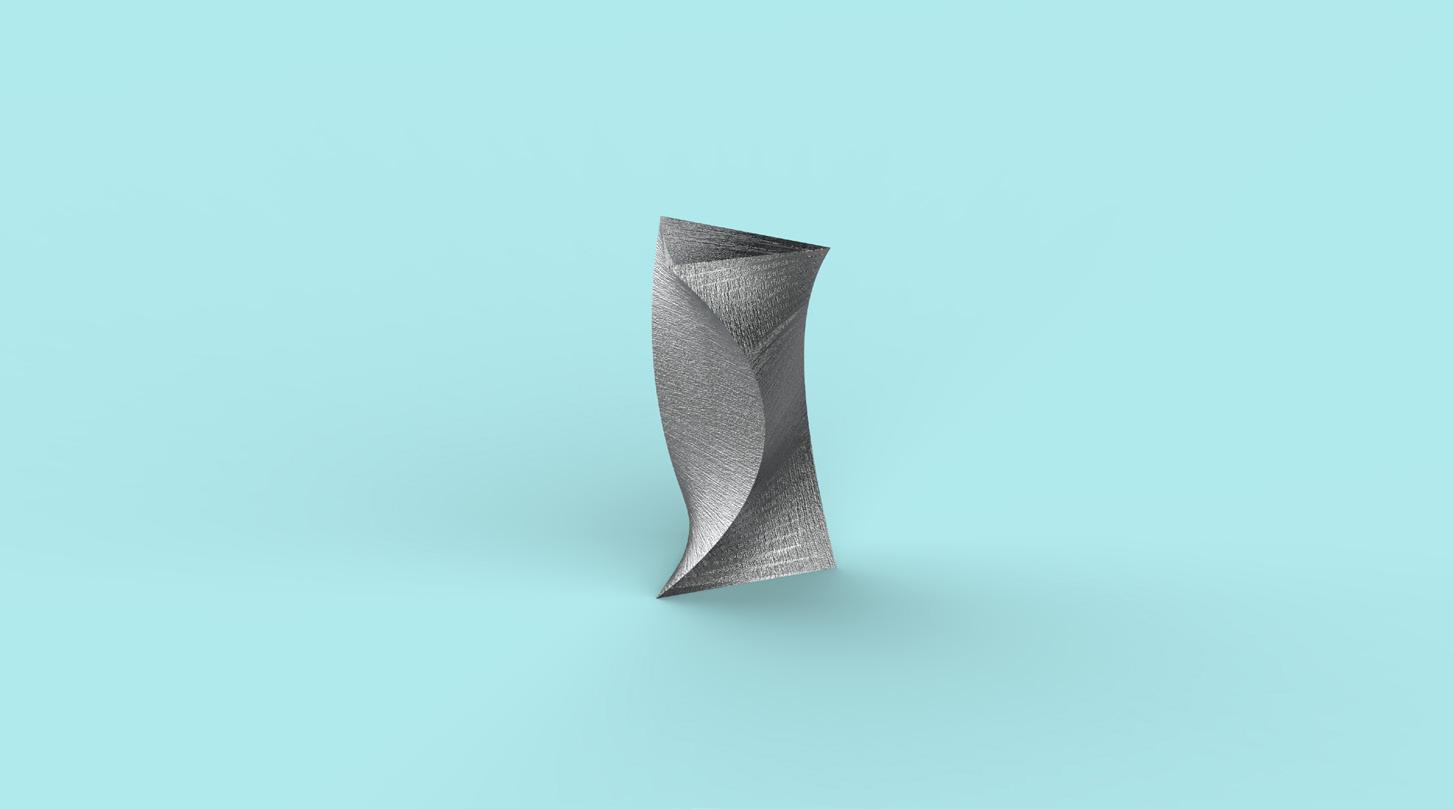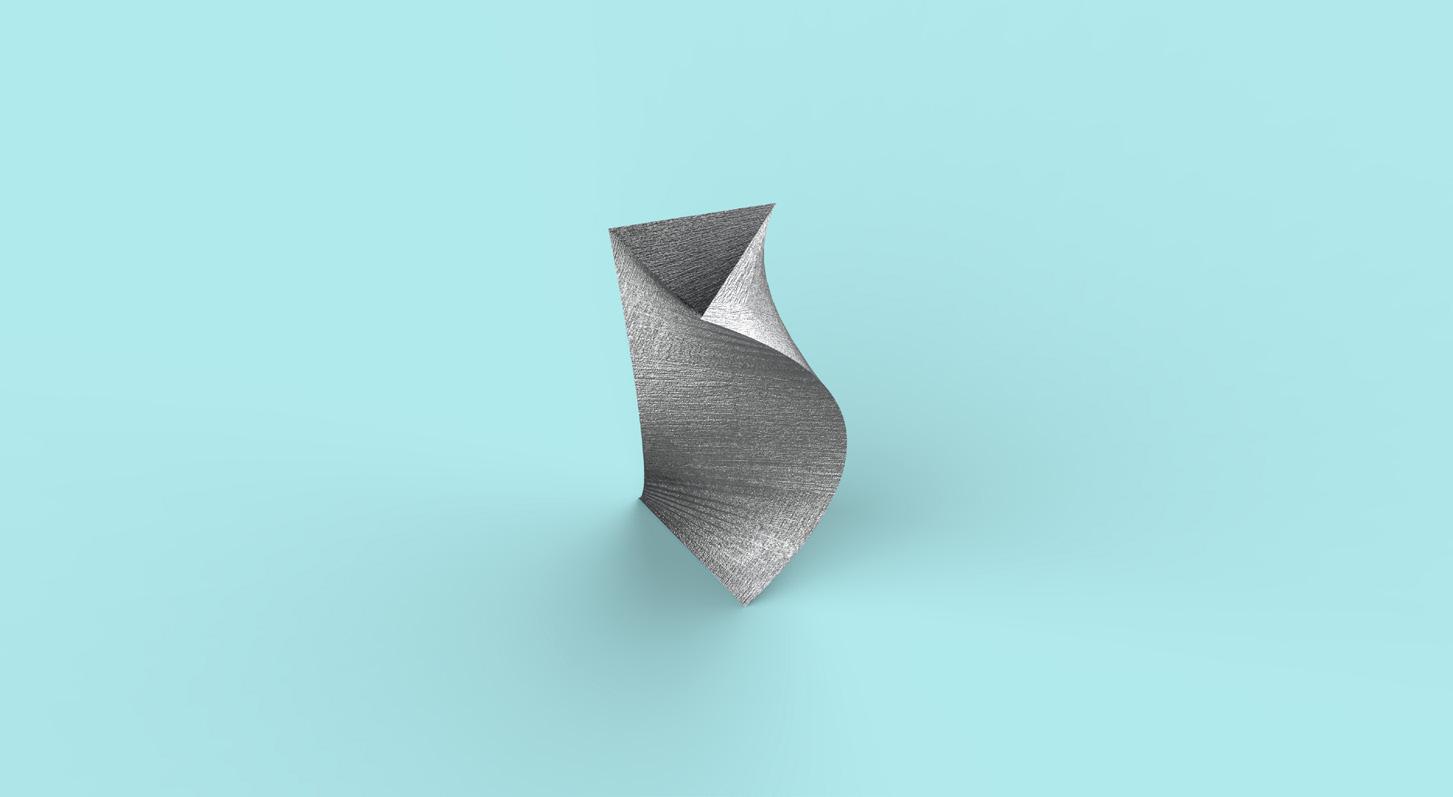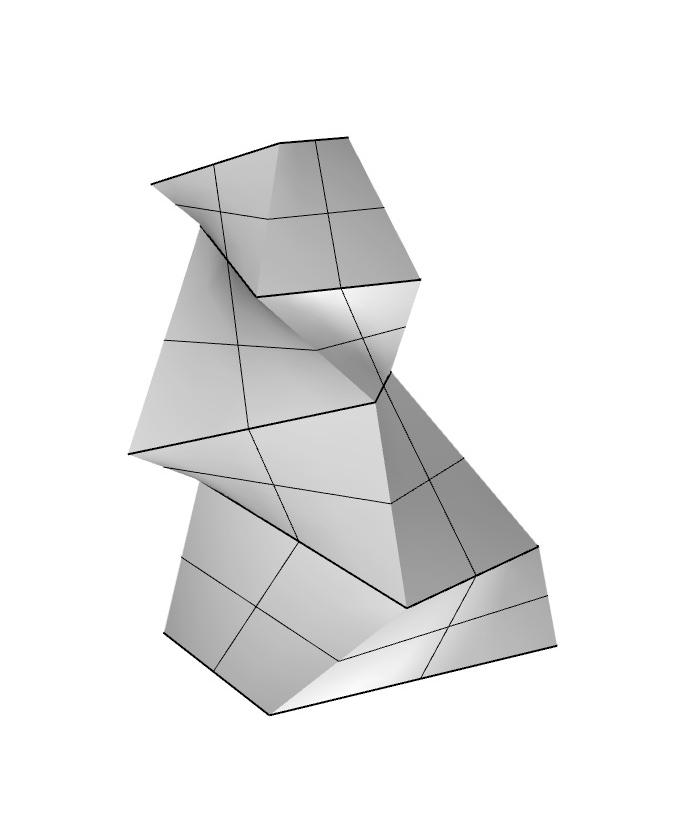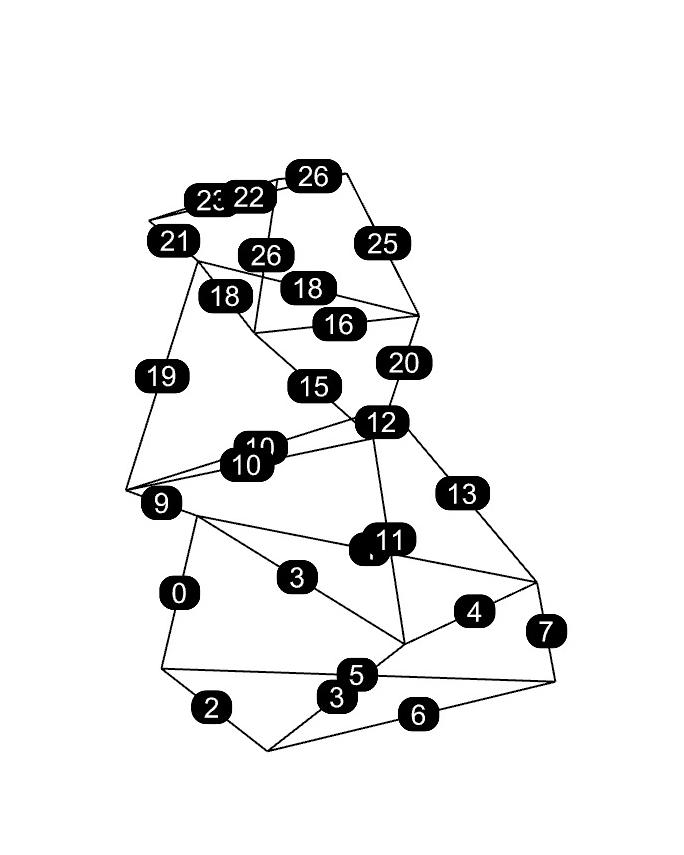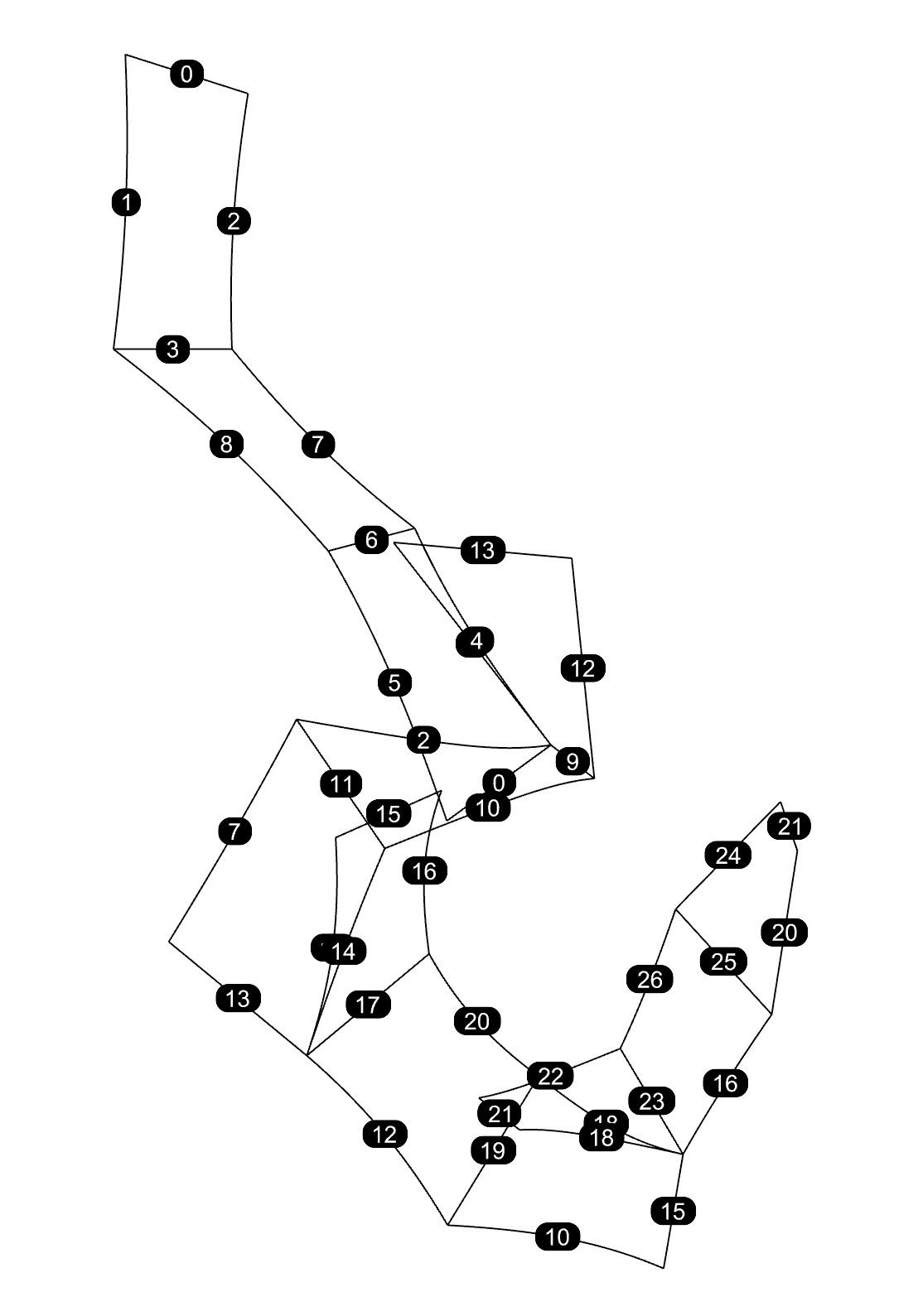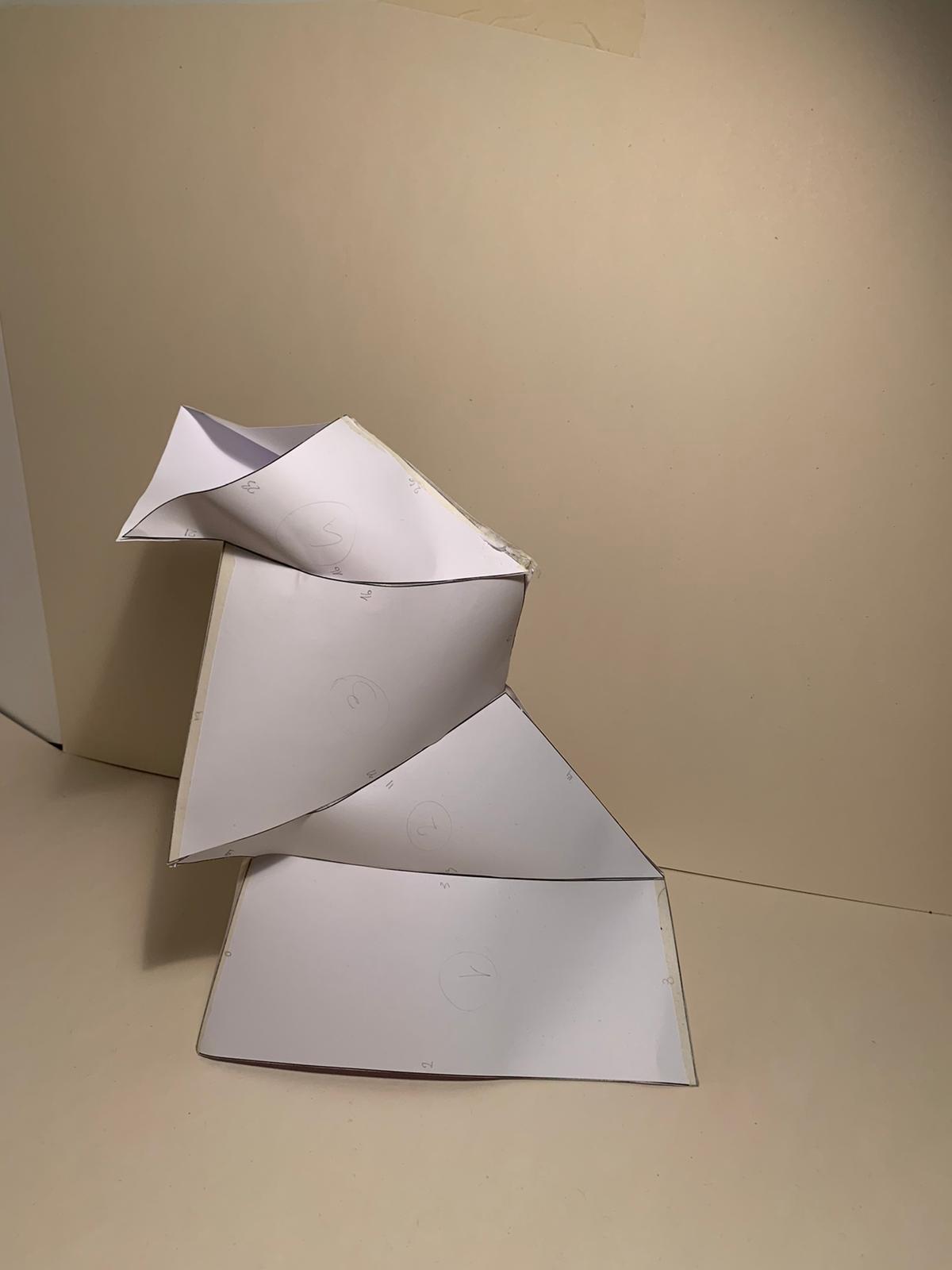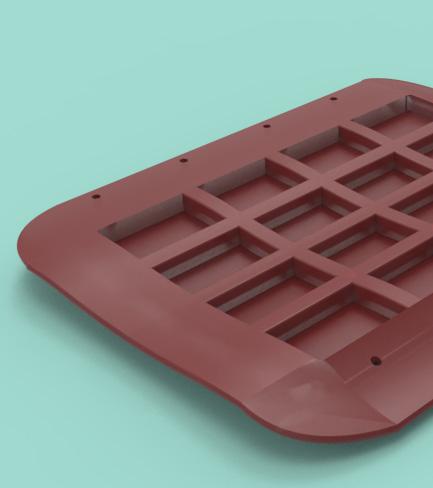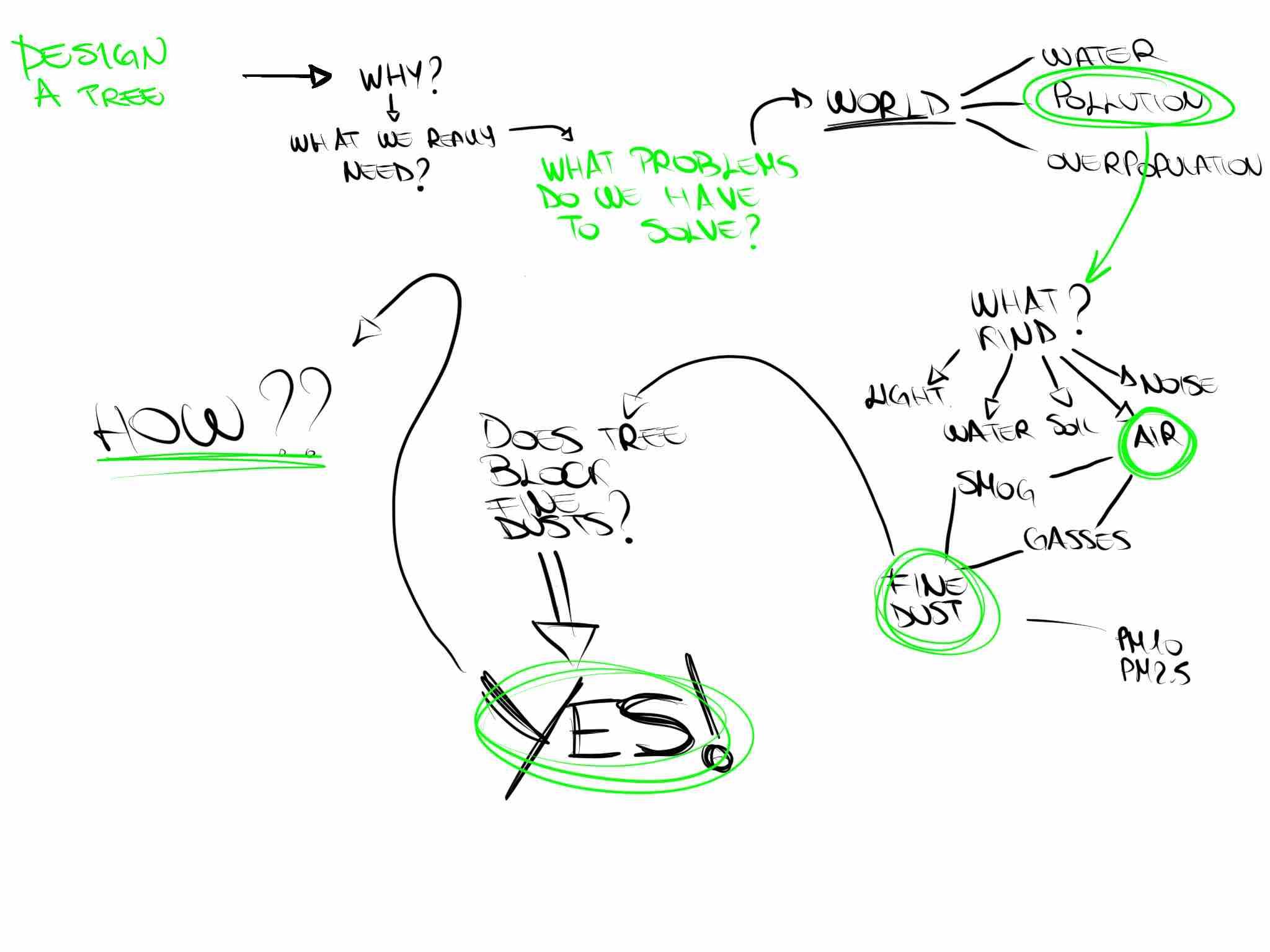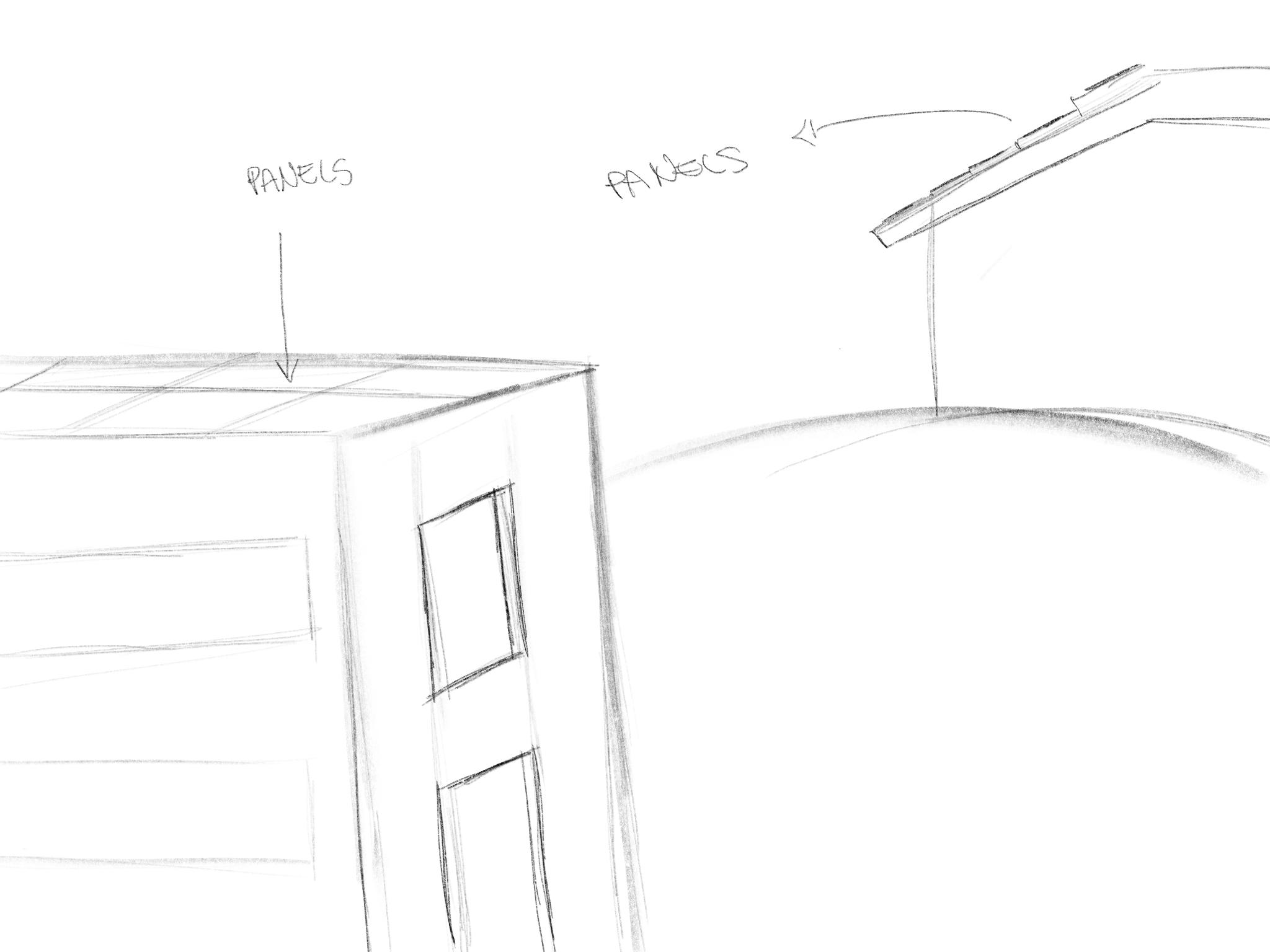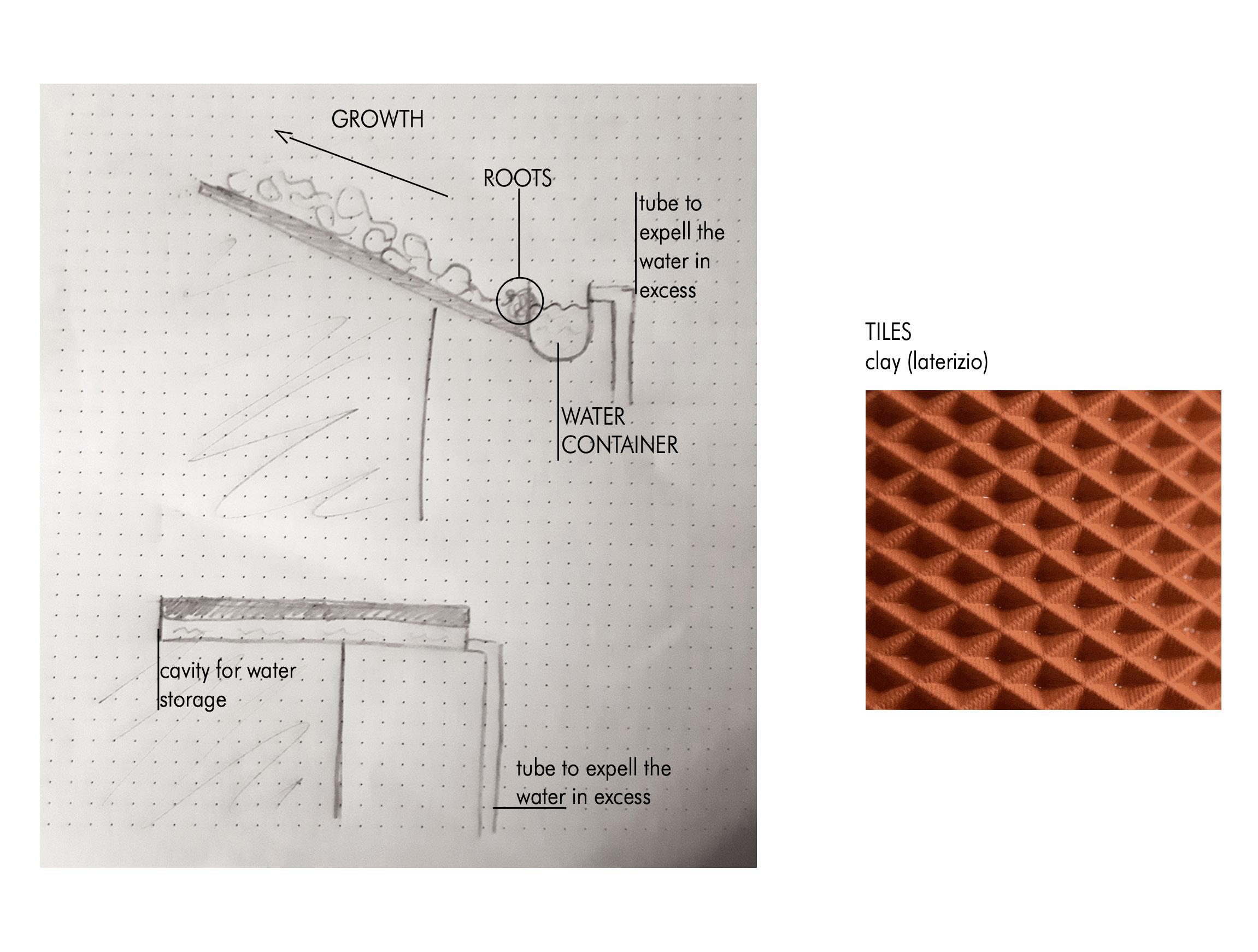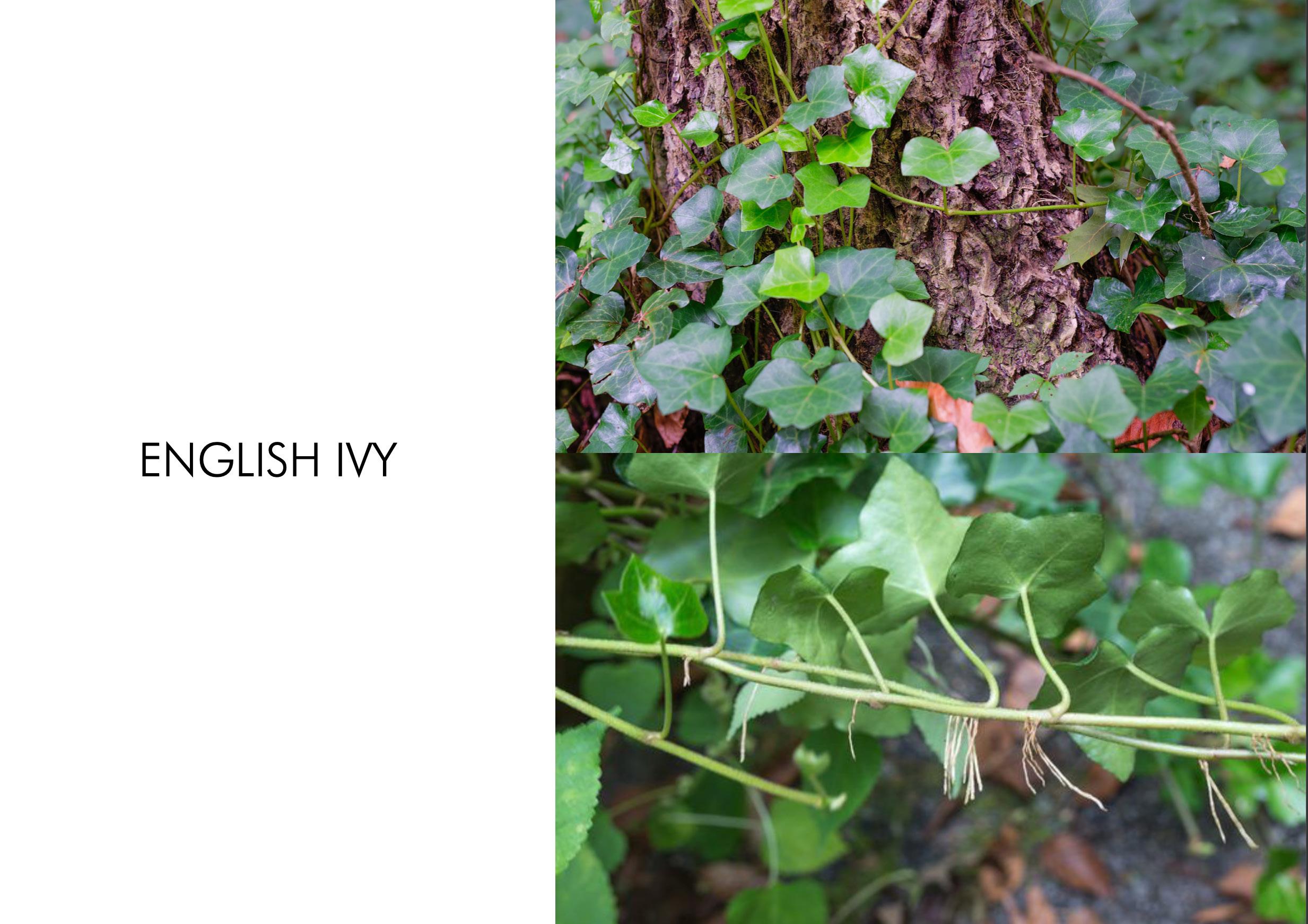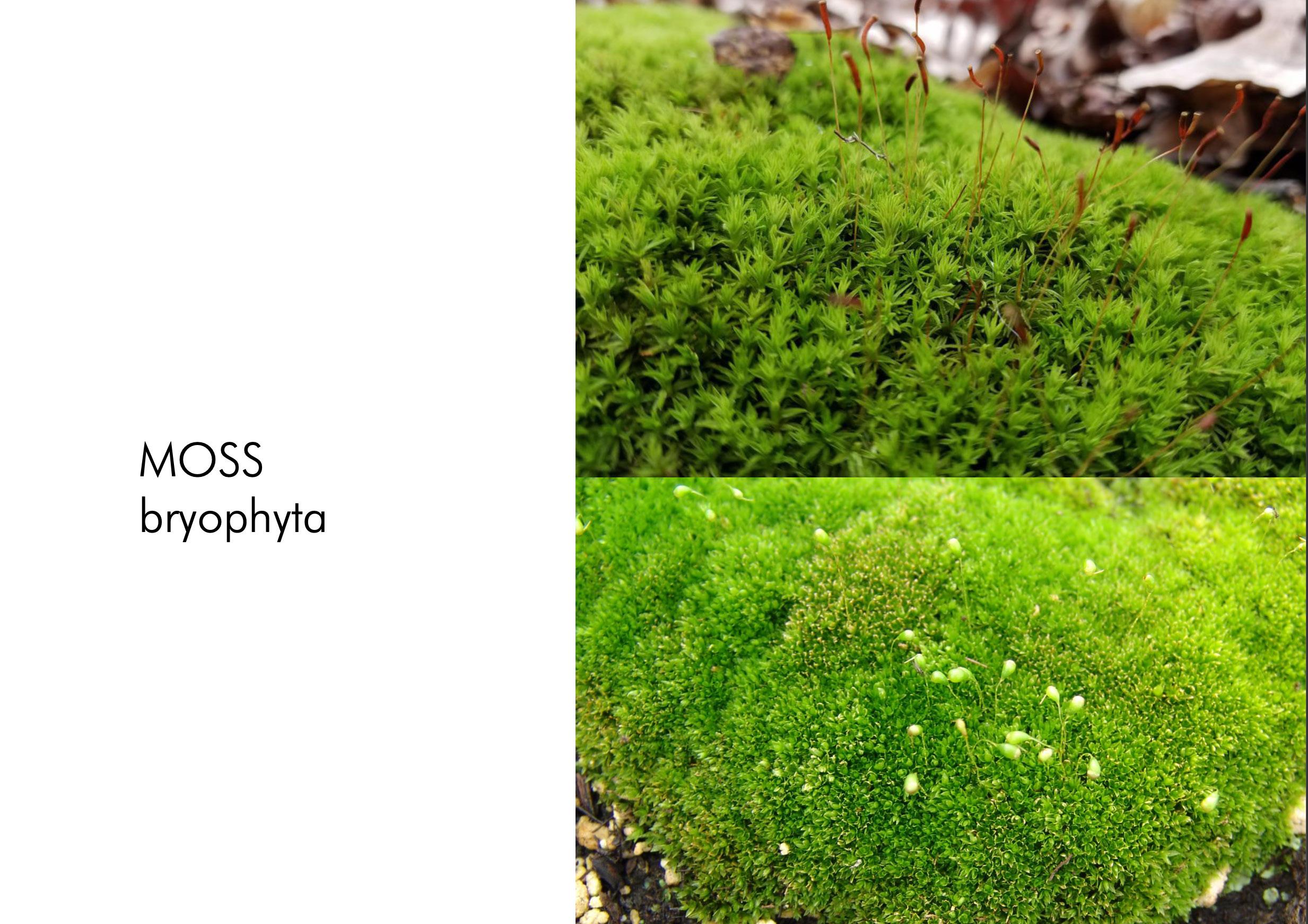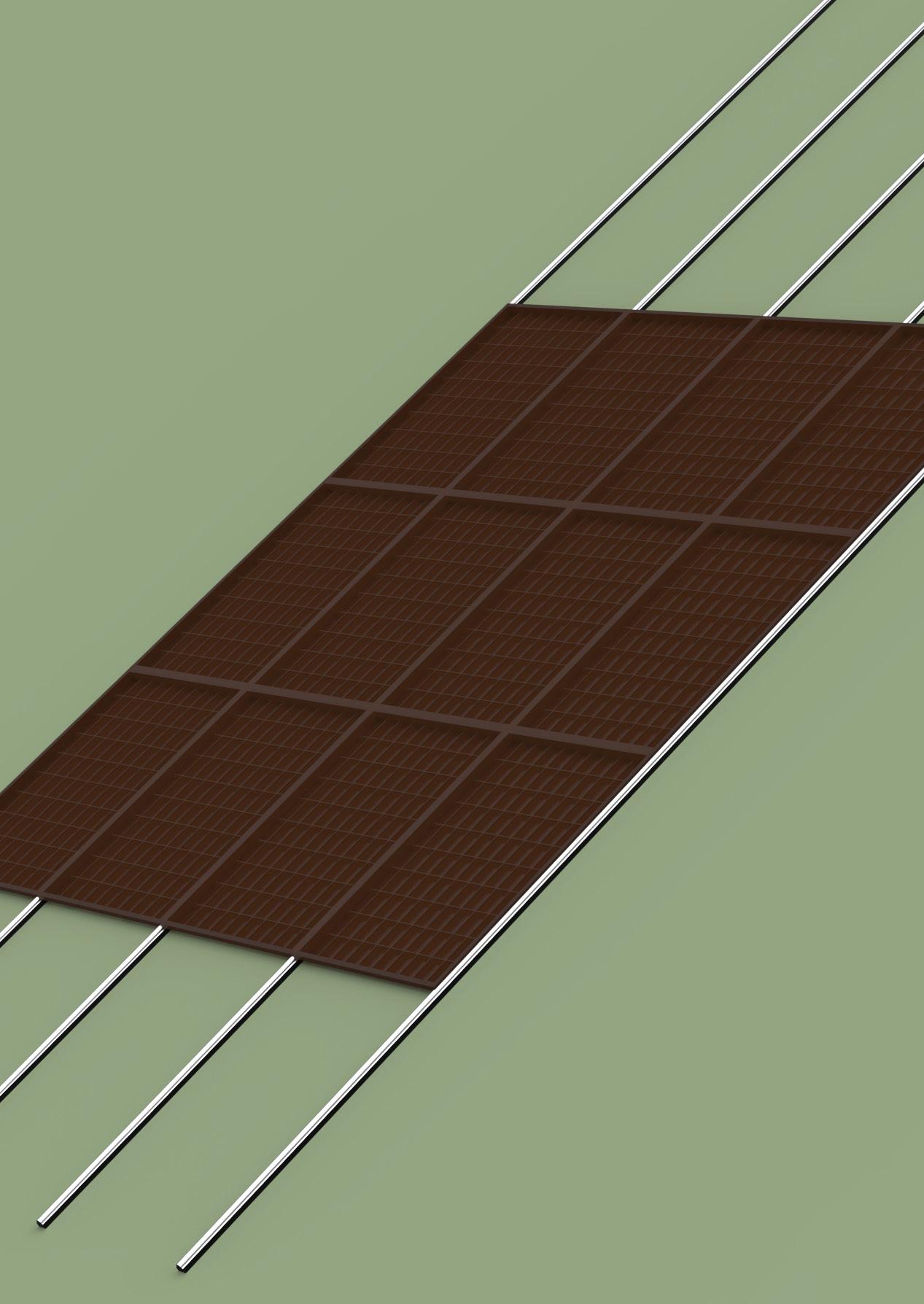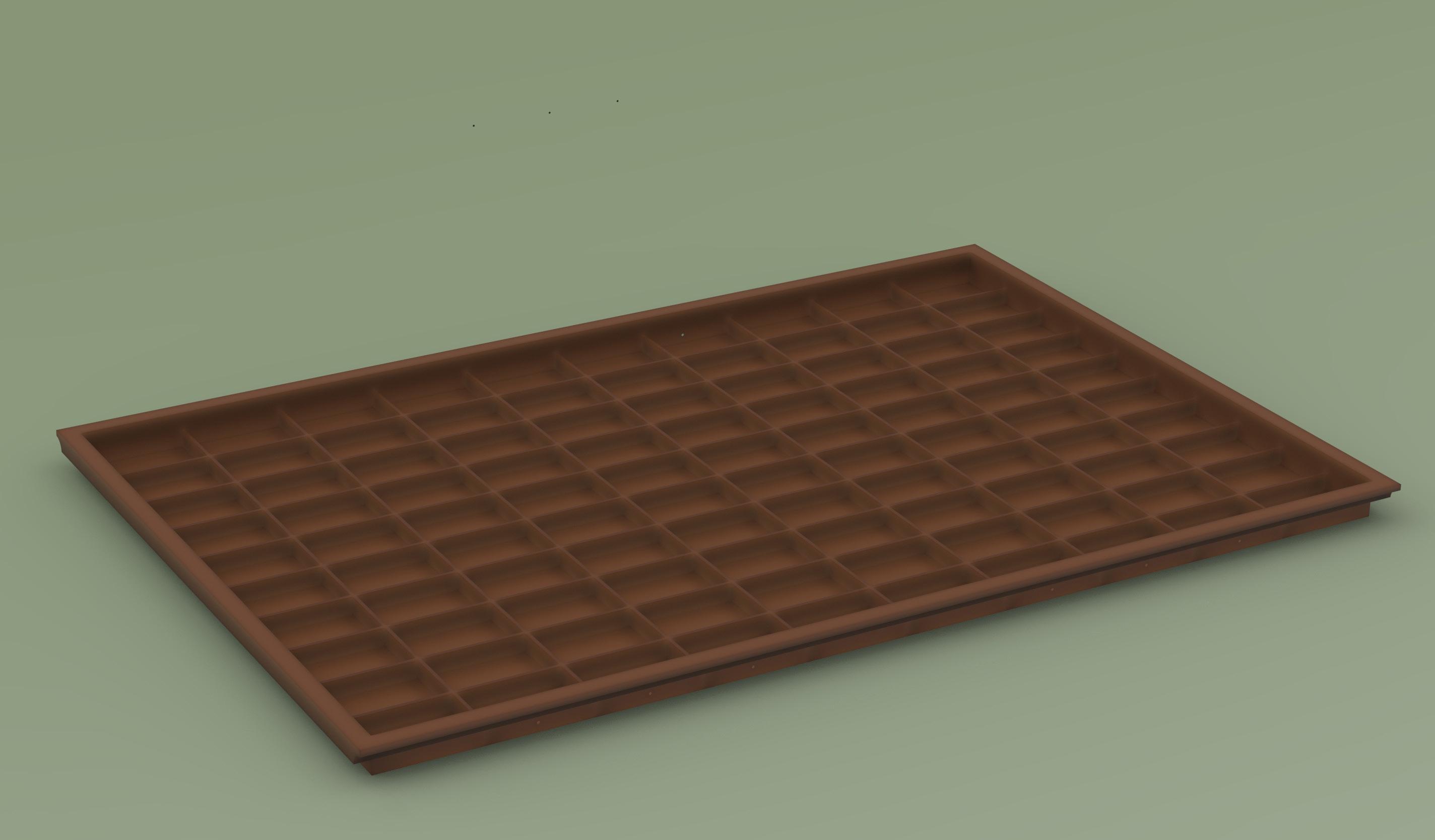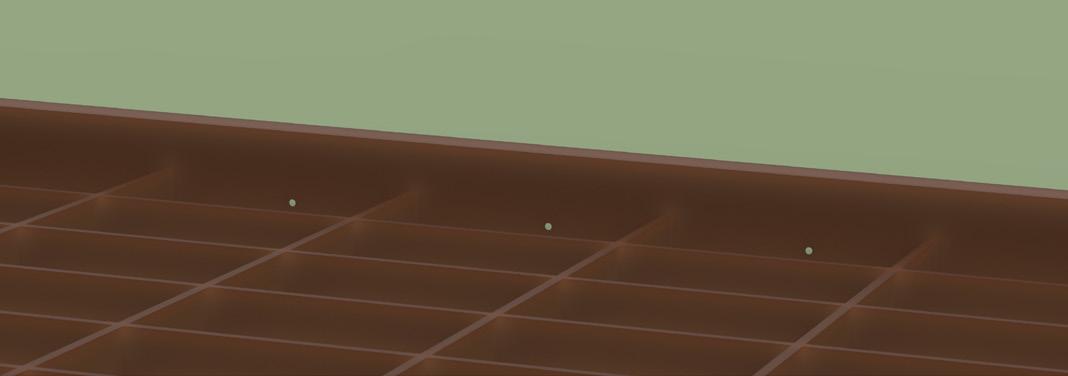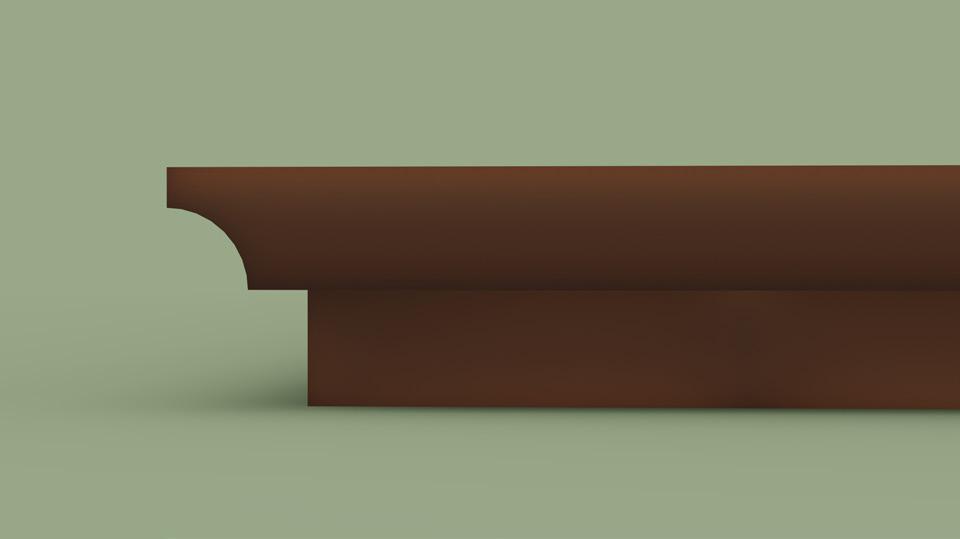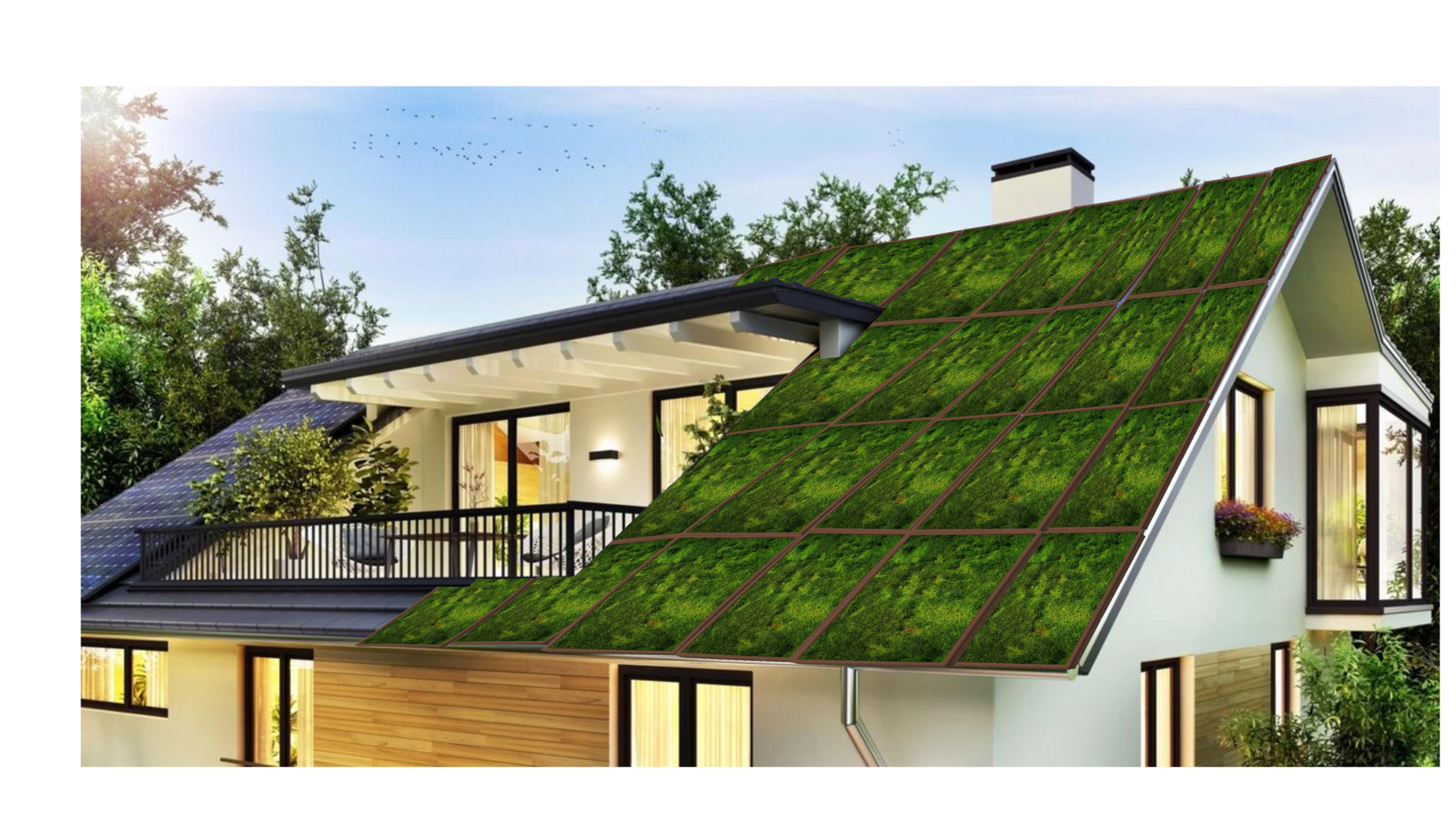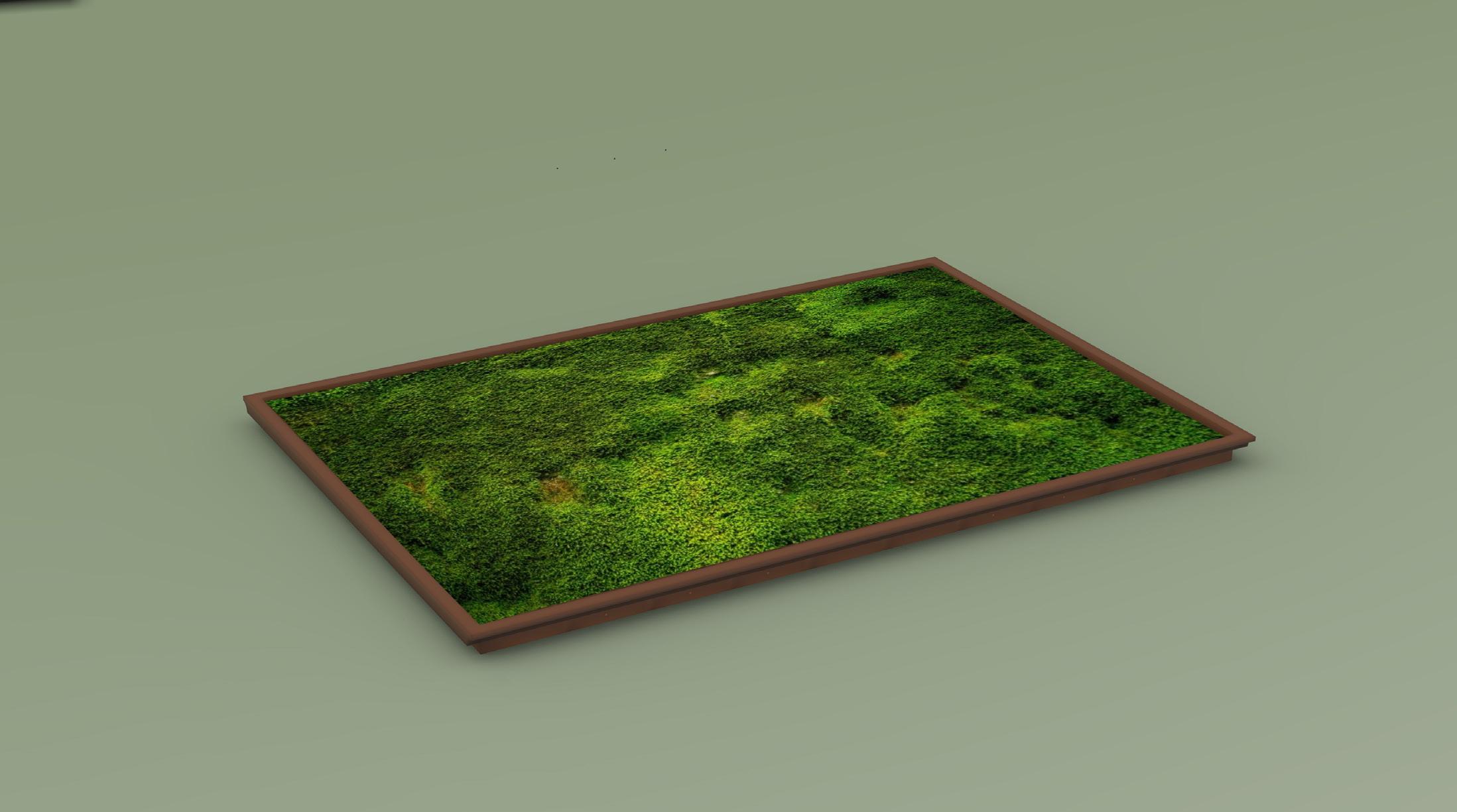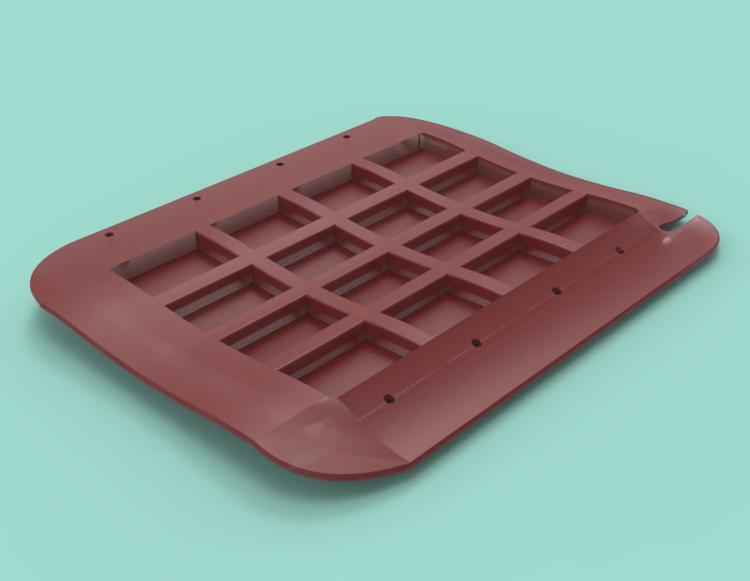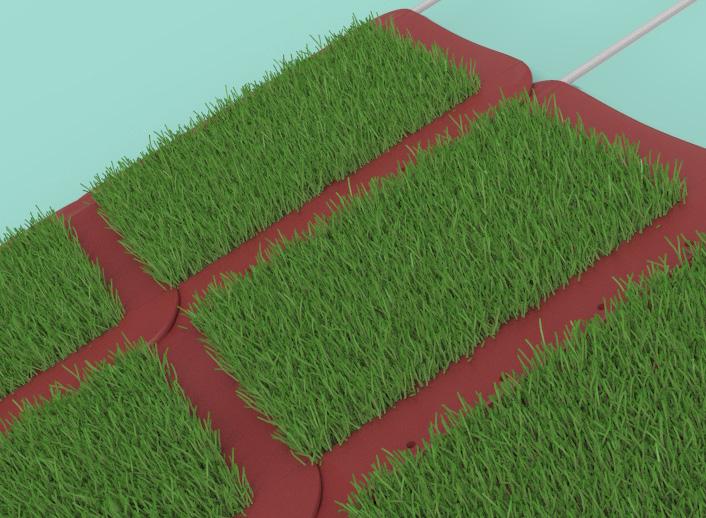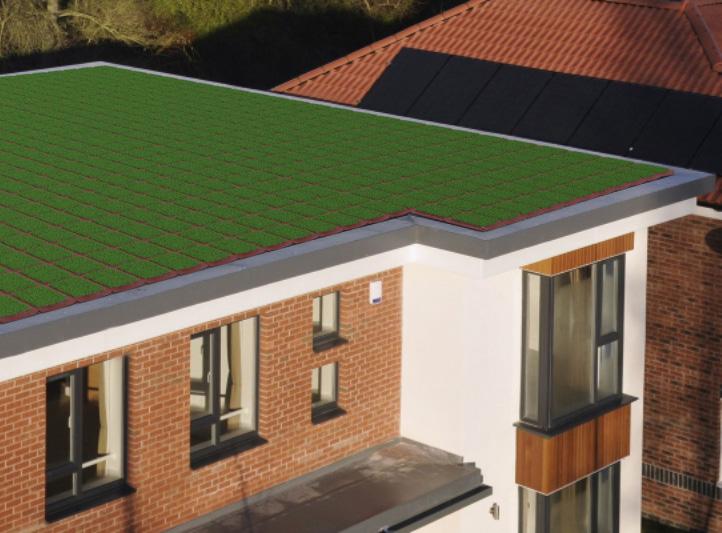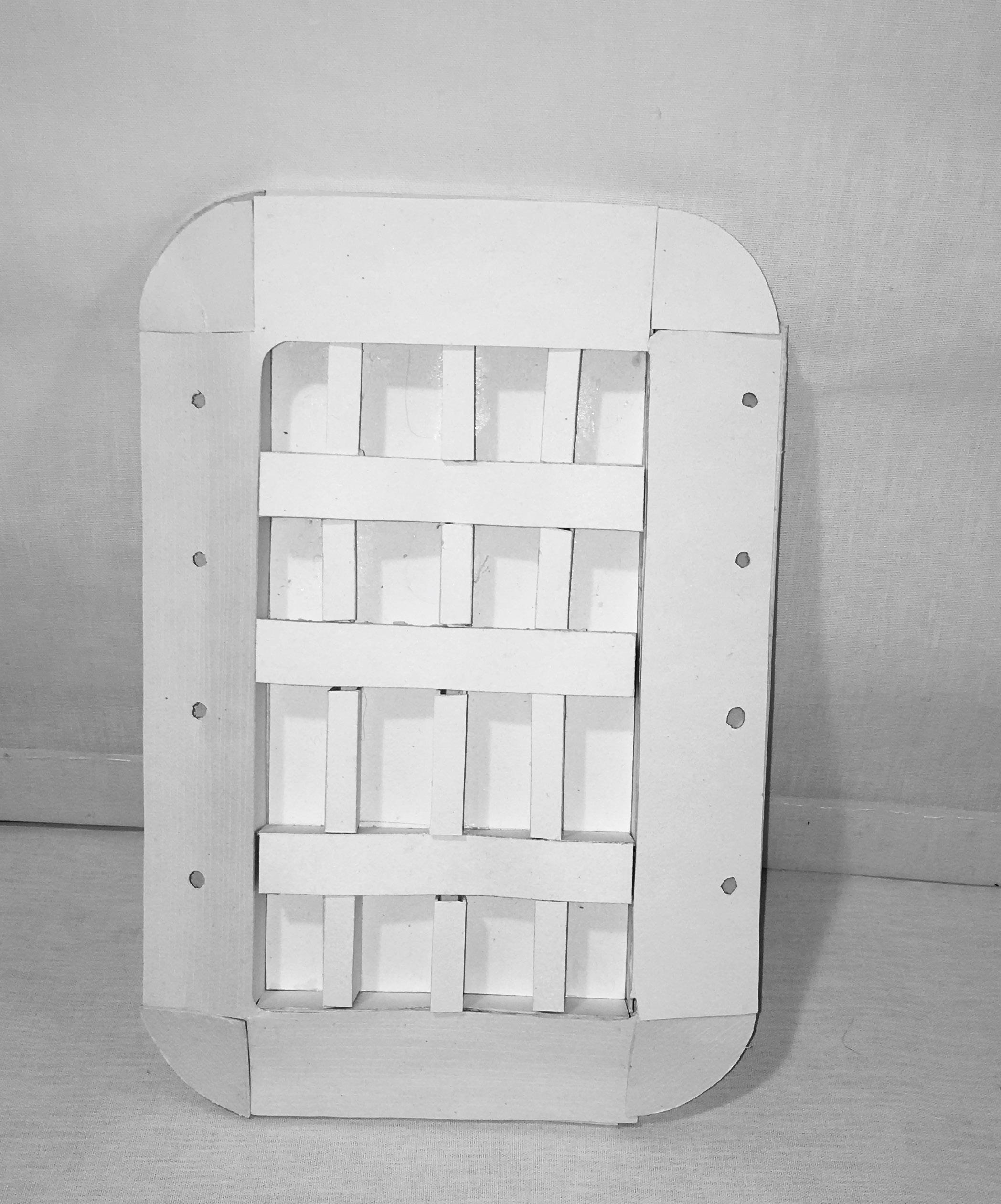ANALYSIS
After a quick observation it’s already easy to understand the complexity behind this plant but also the connection between the tree, his main parts and the area that surround him. We discovered that trees carry out the life process that all plants share, also all trees are perennial plants, living for tens or even hundred years and they tend to live longer than most other types of plants.
They typically have a permanently wood stem or trunk and most trees grow to a considerable height, usually bearing lateral branches at some distance from the ground.
It’s a single element connected to an entire community that communicates and helps each other. Forest trees have evolved to live in cooperative, interdependent relationships, maintained by communication and a collective intelligence similar to an insect colony.
CROWN
TRUNK
ANTI-GRAVITROPIC MECHANISM
The growth angle of the branches is determined by this principle that allows the branches to grow in a vertical way even after being badly broken. The branches of all types of trees are different, you can recognize a tree from the shape of the crown. This is because of the different angles. This angle has been found by a force that fights against the gravitropic mechanism, the one who is responsible for the vertical growth of the trunk. The only reference for the tree is the vertical direction of the
ROOTS
gravity force so if we force a trunk to grow horizontally the branches will follow independently the original direction of the gravity.
Auxina is the hormone that makes it happen.
The branches that have a weak mechanism anti-gravitropic will grow nearest the trunk and vice versa.
4 Part 1.1
WHAT?
GEOMETRY
LEONARDO DA
VINCI’S
RULE
DRAWING A TREE BRUNO MUNARI

DENDROMETRY
Talking about branches we cannot mention Da Vinci’s rule: 500 years ago he discovered an universal growth pattern, a relationship that always holds between the size of a tree’s trunk and sizes of its branches. He proposed that the sum of the cross-sectional area of all tree branches above a branching point at any height is equal to the cross-sectional area of the trunk or the branch immediately below the branching point 1. Dendrometry is the branch of botany that is concerned with the measurement of the various dimensions of trees, such as their diameter, size, shape, age, overall volume and thickness of the bark.
MAIN SORTS AND KINS
- DECIDIUS AND EVERGREEN
- ANGIOSPERM AND GYMNOSPERM
- BASED ON THE GEPGRAPHY
THE MAIN FACTORS IT RELATES TO
1. ALL LIFES NEEDS IT
All the life on the planet depends on the capacity of the plants to transform the solar energy into chemical energy needed to survive, oxigen. They store carbon, stabilise the soil and give life to the world’s wildlife. They also provide us with the materials for tools and shelter.
2. STRENGHTS CULTURE
Trees strengthen the distinctive character of a place and encourage local pride. Urban woodland can be used as an educational resource and to bring groups together for activities like walking and bird watching.
3. RELIGIONS
In many ancient religions the tree has a peculiar importance as a base of existence. The tree is seen as axis mundi, with the function of linking heaven, hearth and hell, around which is built the entire world or universe.
5
WHY MIGHT IT BE IMPORTANT?
A tree fights against the gravity, his structure is made to reach the light needed to grow.
But it is not as simple. Trees live more than all the other creatures on the heart however as all the other species he fights for life everyday.
He tries to grow, reaching more energy he can, but what happens for example in the wood? Here the sovereign tree grows bigger and bigger and by covering hundreds of meters he obscures the ground where the little ones can’t reach the proper energy to grow, becoming tiny or even dying. Moreover a tree is exposed to a lot of other challenges, being a sensible organism he soffer about the atmospheric agents, the insects, molds, fungos and microorganisms that undermine the growth. So it’s important to admire it for his immobility and strength but even for its capacity to grow and fight against all his enemies

6
WHY?
The word ‘machine’ is reductive for a natural creation
All the plant species live because of a complex biochemical process that can’t find comparison in any of the most avangard maschine created by humans. A tree is an organism that grows constantly, however his development isn’t infinite.
In the post-maturity period the photosynthesis activity slowly decreases. It participates in the livin cycle like all human beings.

7
A PERFECT MACHINE
The impossibility to move made it possible to develop extraordinary capabilities of adaptation, it can move its branches to search for the light it needs, during night it “rests” as all living beings. It adapts during seasons based on the temperature and the quantity of light available. In winter it adjusts to the harsh temperatures by losing leaves (the most sensitive part) and by stopping its growth. It has the capacity to nourish itself from sunlight and soil. When left undisturbed, nature provides for what it needs.
SOUND: we can commune with a tree through the sense of sound, focusing on the sound that leaves and branches make when they are moved by the wind.
TOUCH: we can feel a tree through this sense by sensing the texture of the bark and of the leaves. We can also feel the strong support of the trunk as we lean on it.

SCENT: We can commune with a tree though the sense of smell. For example walking through a forest we can smell a strong fragrance that can stimulate our emotions.
TASTE: It’s possible to experience a tree through the sense of taste. First there are the fruits such as apples and another gift we enjoy for trees is the maple syrup.
8 HOW?
When designers purchase a product, they look beyond its material properties and examine it in various ways, such as by touching and tapping to hear the sound it makes. This method of examination is one aspect of the perception of material properties. In other words, those properties are not just visual, but can involve multiple senses. Previous research on the multimodal perception of material properties has involved the interactions between two modalities, such as visiontouch, vision–audition, audition–touch, and vision–action. Haptic attributes and characteristics are increasingly part of the qualities that make up the interactions we have with objects.
PERSONAL POINT OF VIEW
For me trees and nature are very important because where I live the majority of what surrounds me it’s nature. I think that in a certain way you establish a relationship with trees, without even knowing it. You used to listen to certain sounds in different seasons, to smell certain fragrance and to see a certain view that became familiar to you, and when you don't see them for a long time you’ll miss it.
Even with the industrialization, men need to constantly keep a connection to their origin. I think that trees communicate with us in an indirect way. We are still part of Nature, and we need to remember that and respect everything that surrounds us. For me having a green city is not only aesthetically nice to see, but it’s fundamental to maintain a certain connection to who we are. I feel like we all take part in the same existential cycle, that needs to be balanced (something that we sometimes forget as humans). When I see a tree, especially an old one, in a forest, surrounded by nature it comes natural to me to feel the old cortex with hands and fingers, with the touch I feel a more intense connection with nature itself. An old creature that has seen so much and in comparison of which we are so small.

9
AESTETHIC AND HAPTIC QUALITIES

10
MODEL MAKING: INSTRUMENT COMBINATION
11
2

12
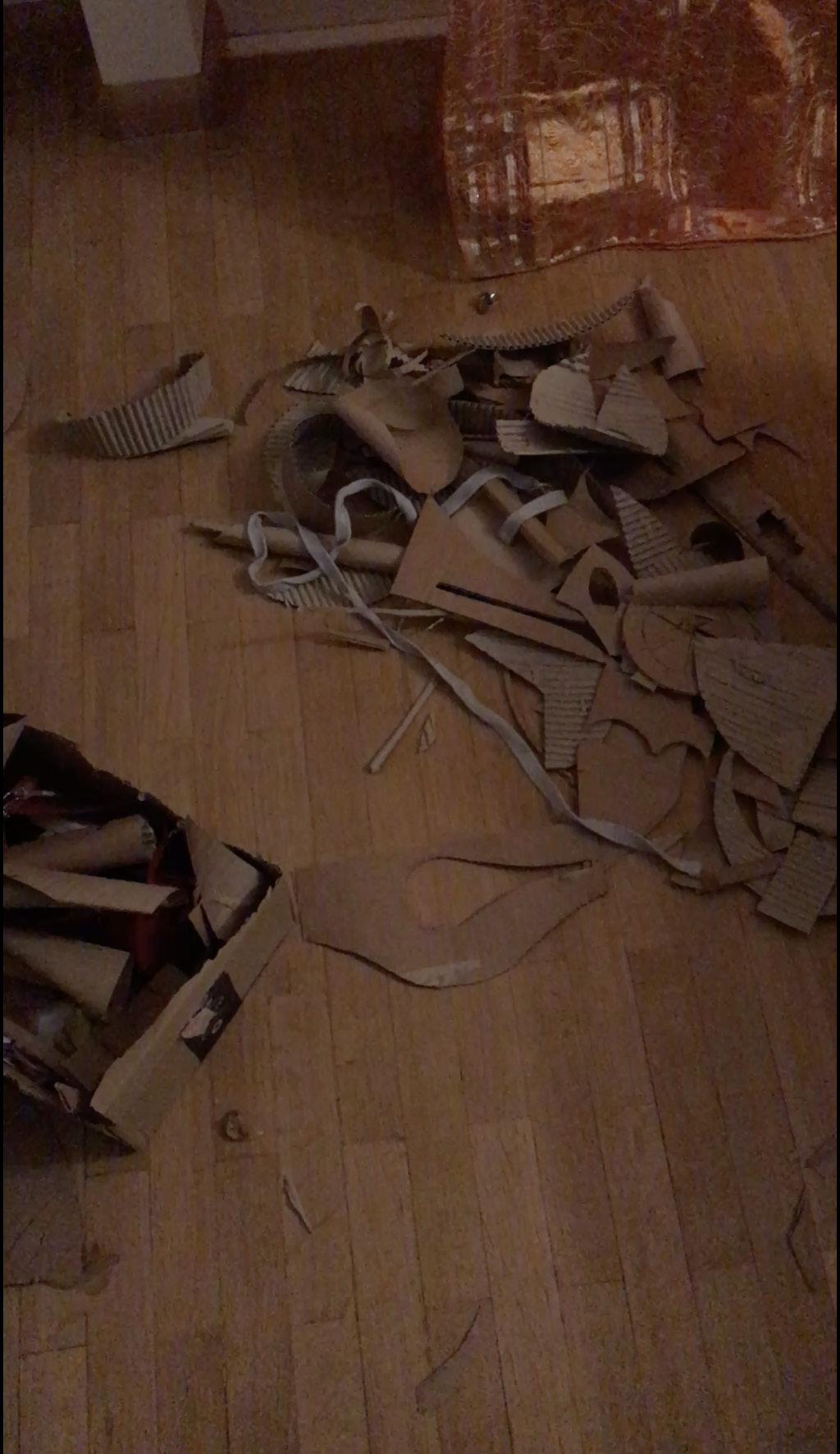

13 IN THE MEANWHILE...

14

15

16
1.2 MEASUREMENT
This task was the most treaky one for us. We found a beautiful tree in Petrarca’s Park near the kids area. At the beggining we were really confuse about what to do, how to do and why! But after some attempts we finally choose our method. We went to buy some materials like a 3 meter ribbon and a tape measure. We start to measure the trunk and then with those measure we start to build a grid out of it. With those grids we take all the measurement that we need.
17 3
TOOLS AND METHOD
To measure we used a ribbon and a tape measure.
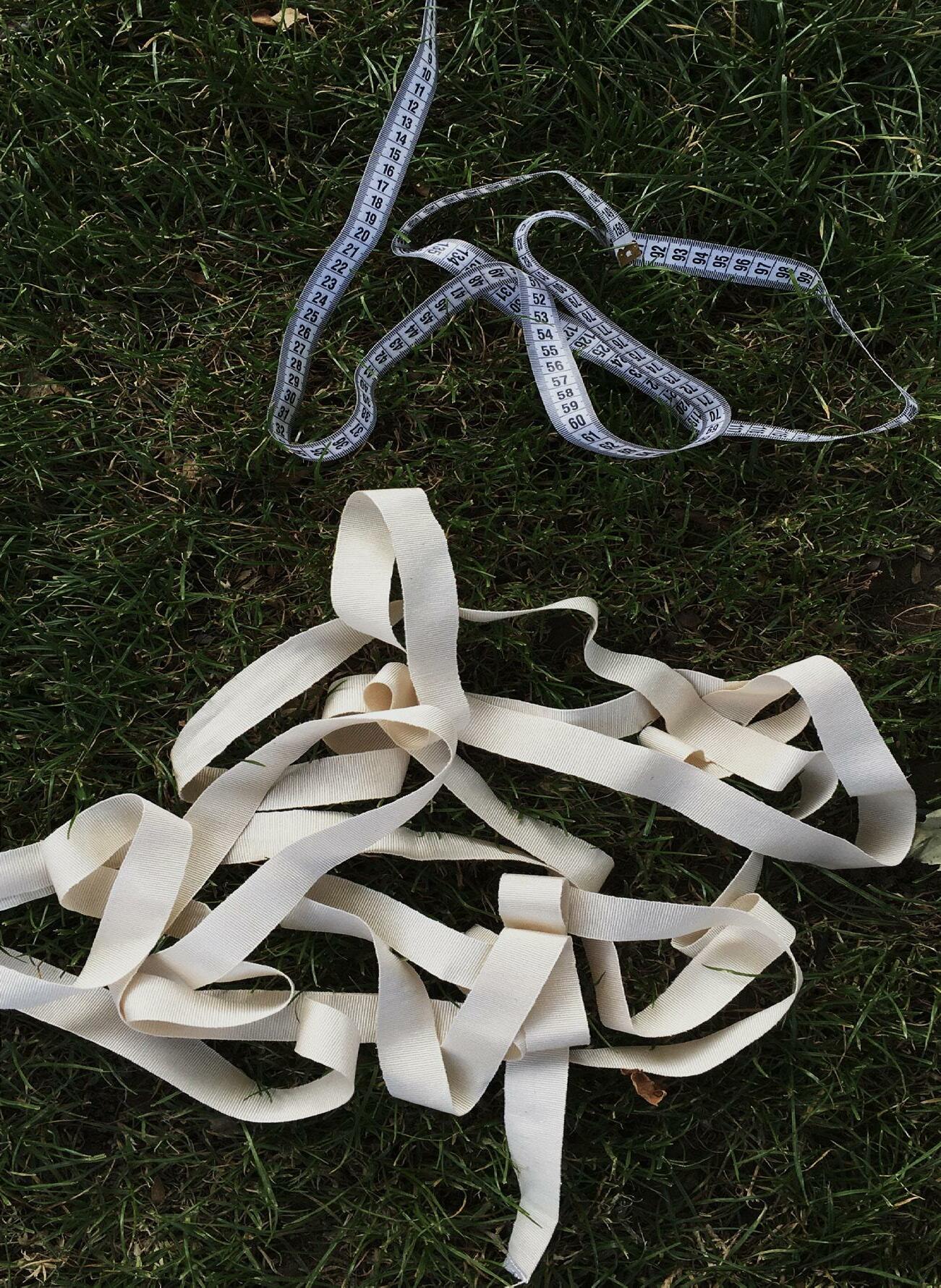
At first we take the measure with the ribbon and then we measure the ribbon and report the value in a grid.

18

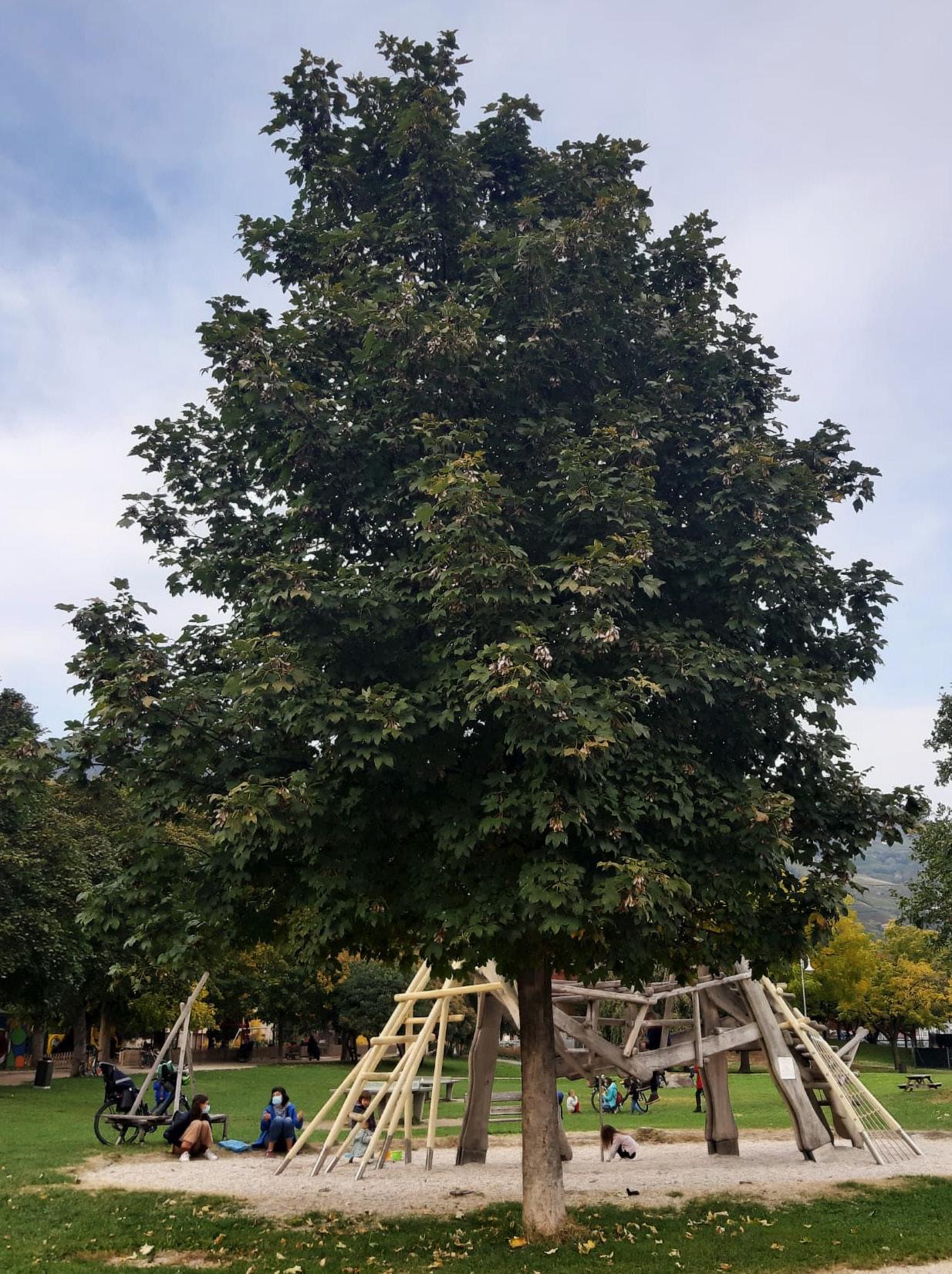
19 XXL L XXL: PETRARCA’S PARK SECTION A-B: 61,8 m B-C: 7,39 m C-D: 57,9 m D-E: 32,5 m Angles A: 55° E: 134° D: 89° C: 210° B: 111° H: 929,35 cm W: 663,75 cm OUR TREE
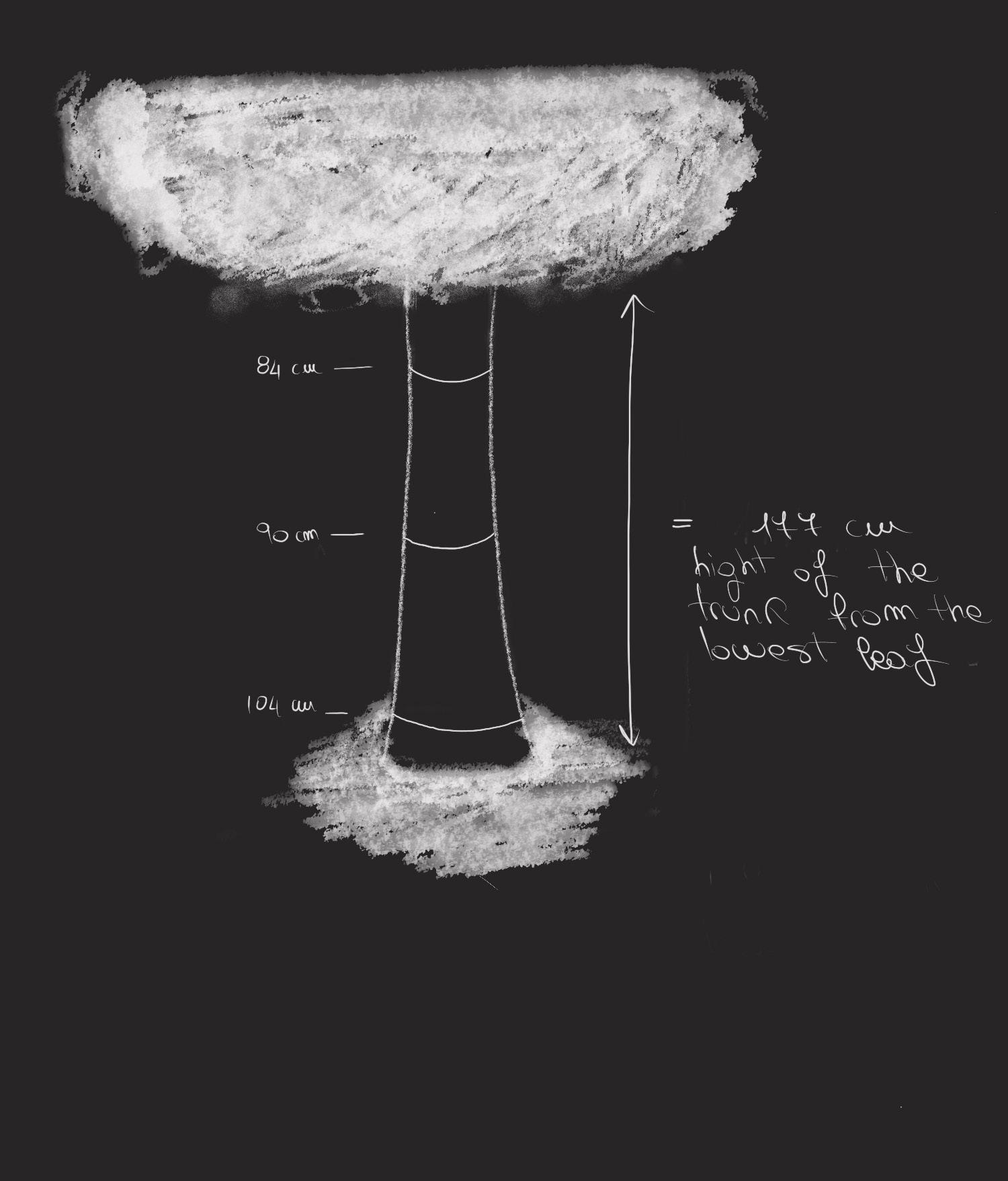
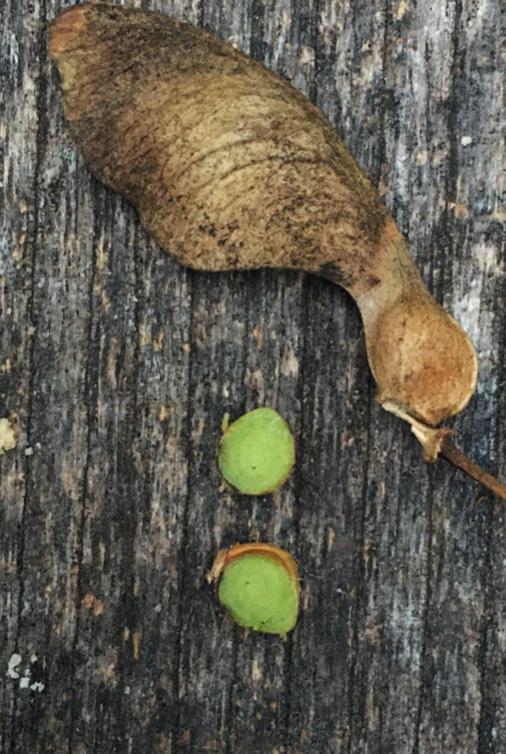
20 M S\XS
H: 177 cm S: H: 46 mm W: 18 mm XS: H: 12 mm W: 8 mm D: 6 mm
TRUNK
To make the grids we use some of our photos, taken with the same distances from the tree and a satellite photo from google maps to make to the grid from the above.
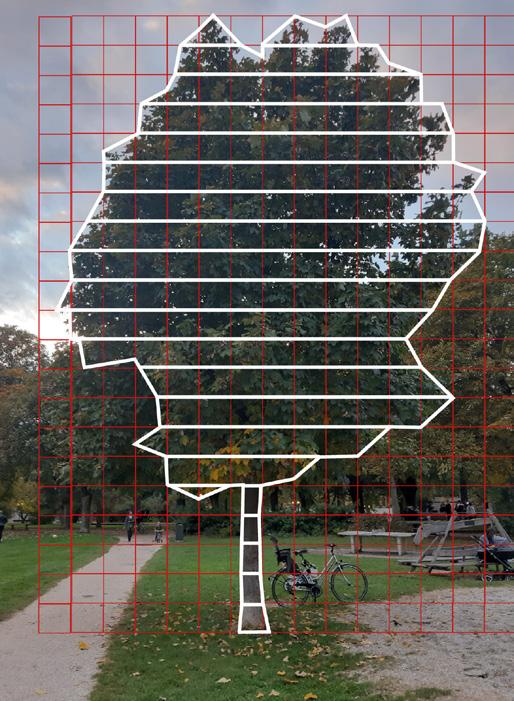

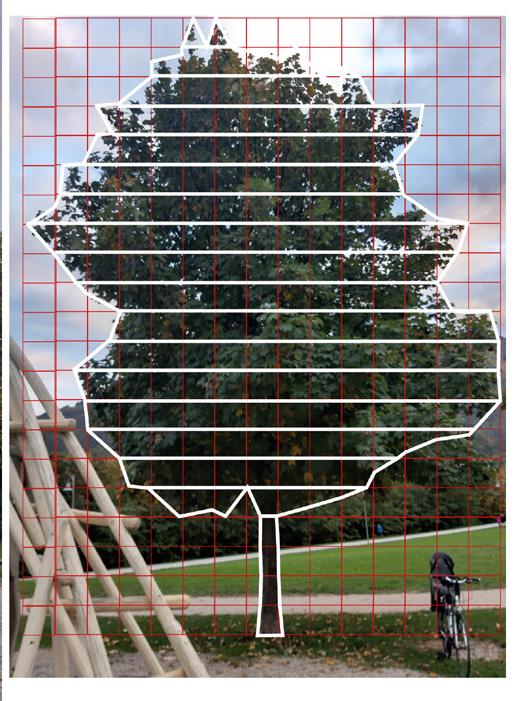
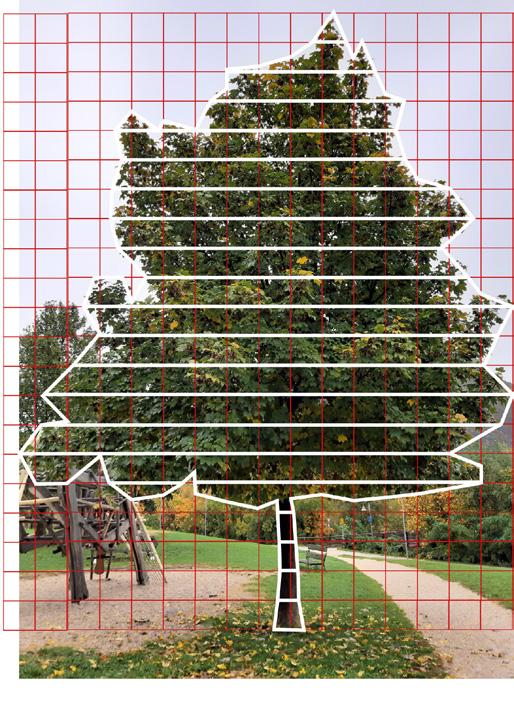
NORTH SOUTH EST WEST

21 GRIDS
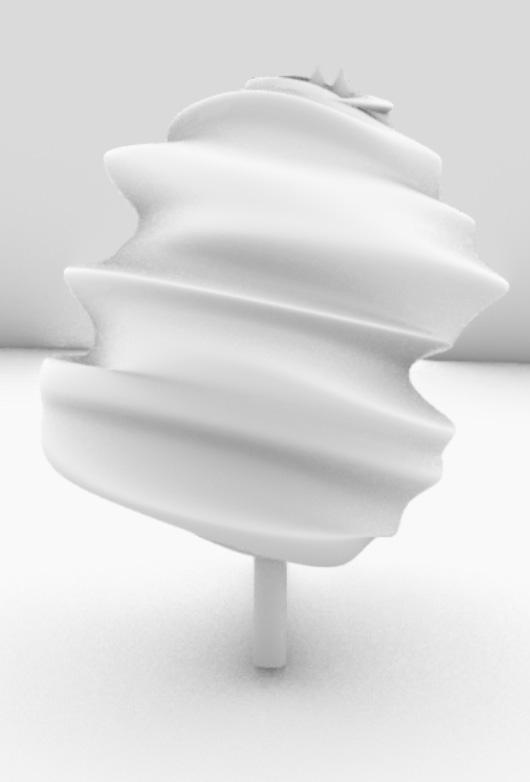

22
S\XS
M\L

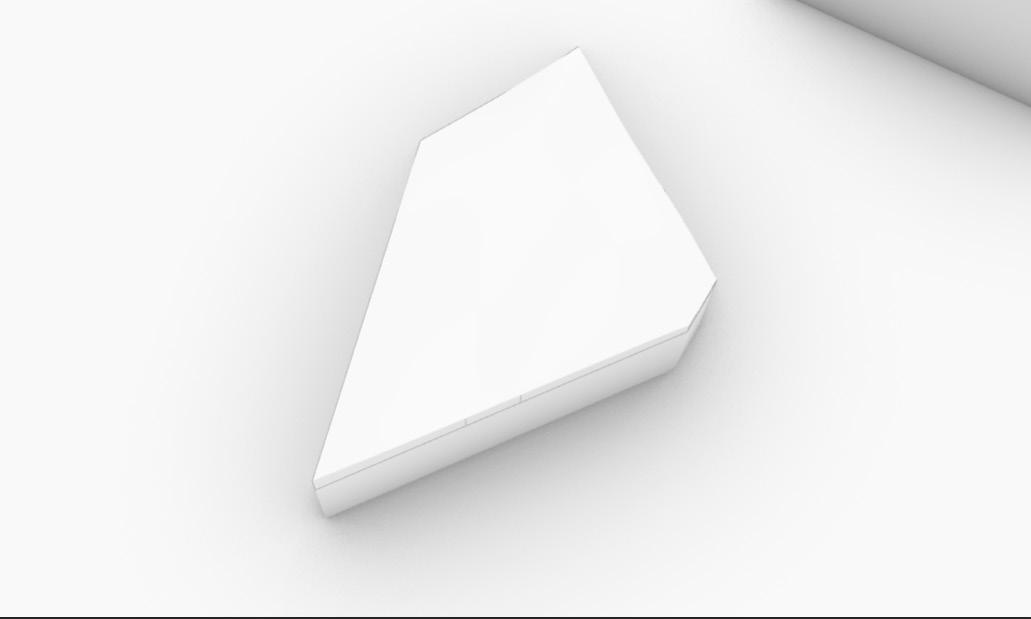
23 RHINO MODELS
XXL
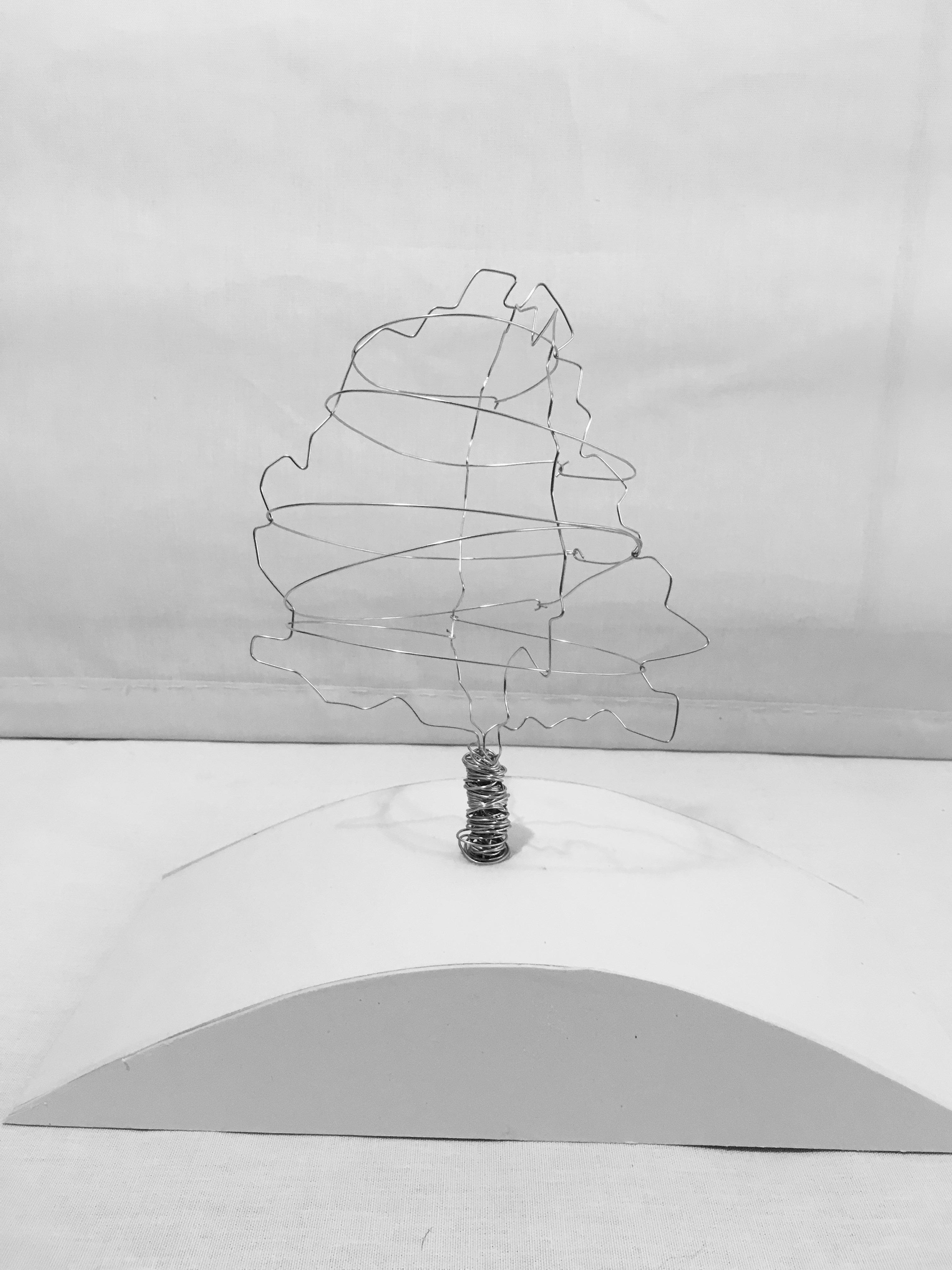
24
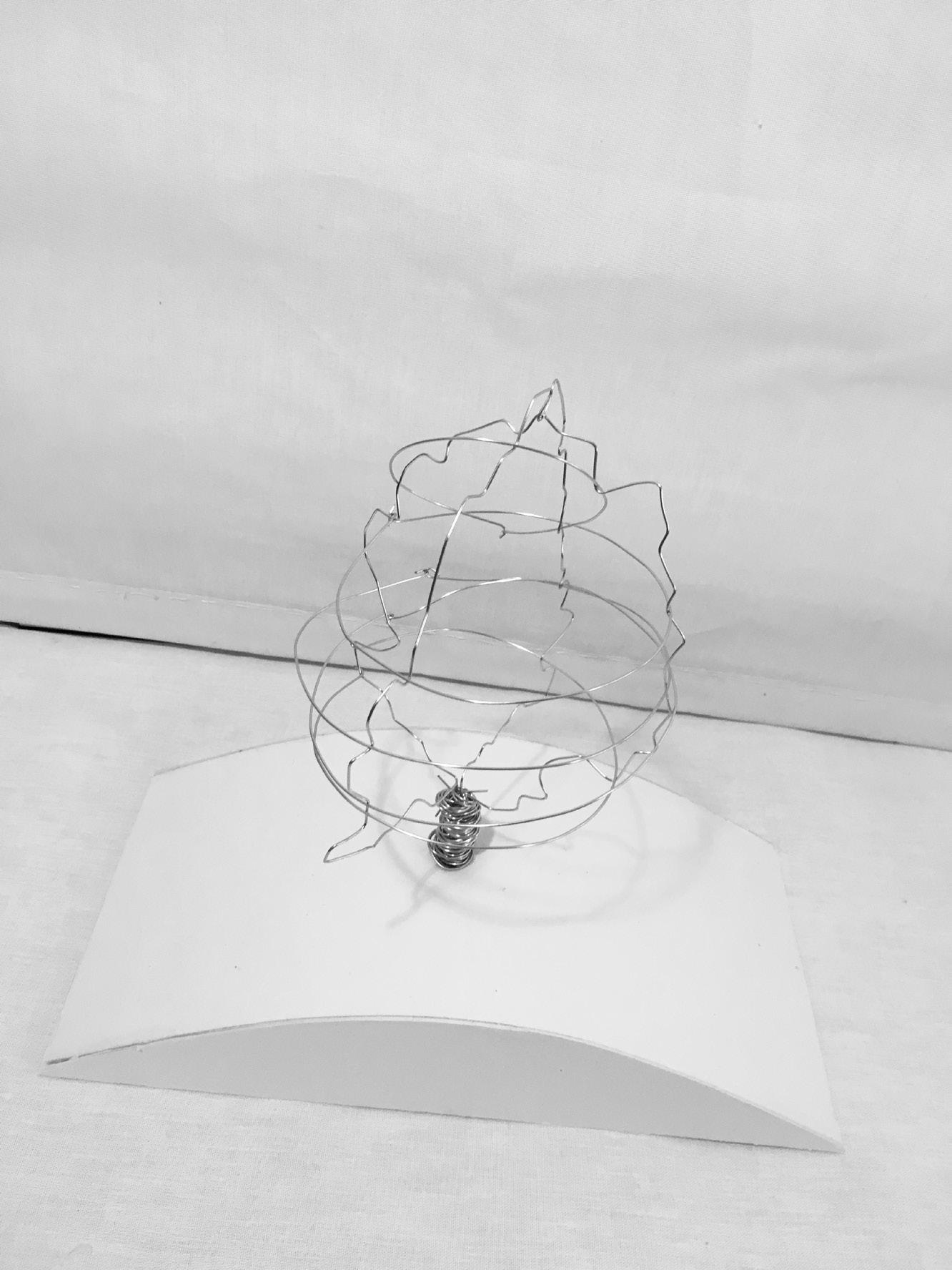
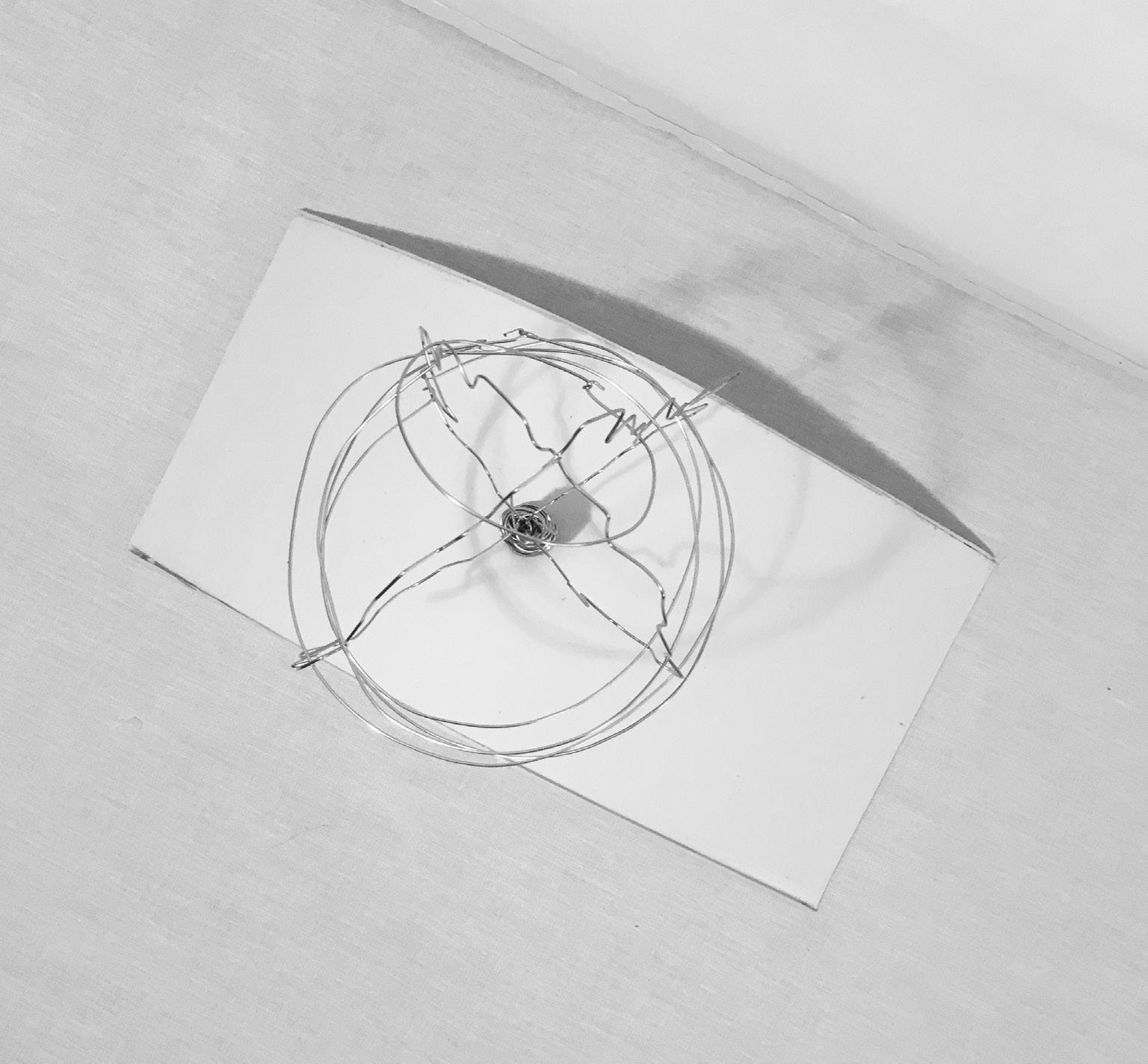
25 FINAL MODEL

26
MODEL MAKING:
HOW A VEGGY BECOME AN OBJECT
27 4

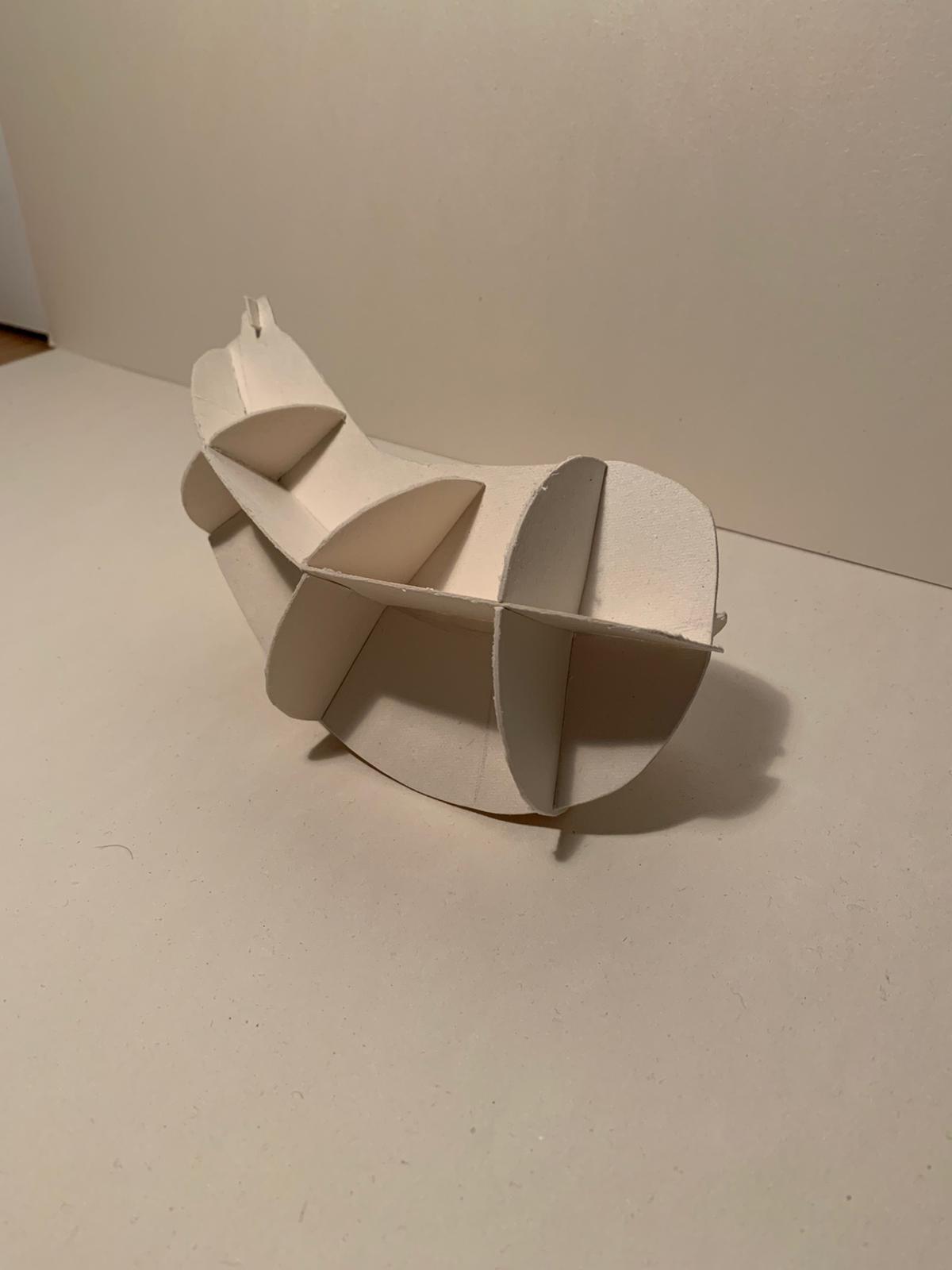

28
I choose an aubergine as my main vegetable and out of it i made a heel, a mini bag and a painting roller. in the end i choose the painting roller as main object.



29
At the beginning I wanted to make the heel as my main model but after make the overall inner structure and some coverage surfaces I can’t find the right way to make the other curved surfaces in the so I tried to make the painting roller model.
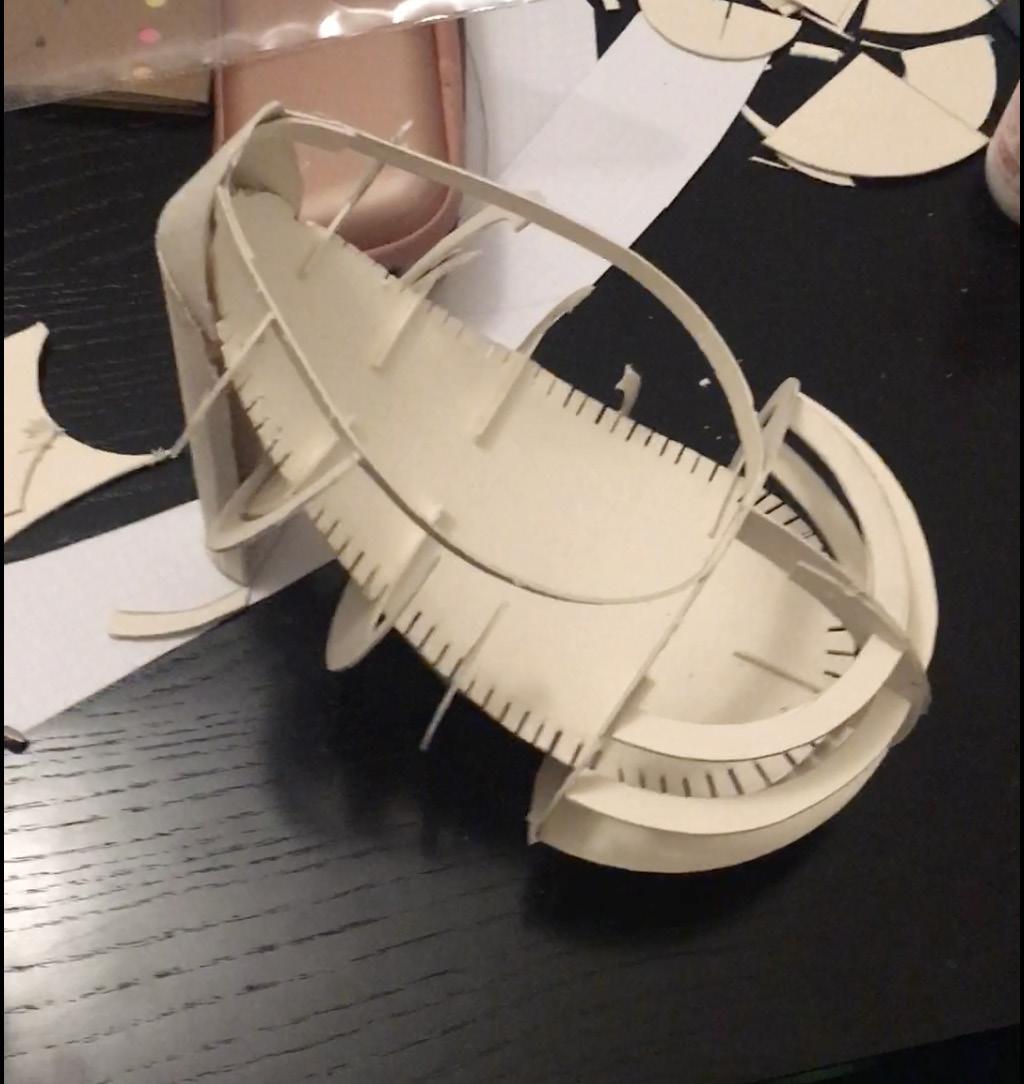
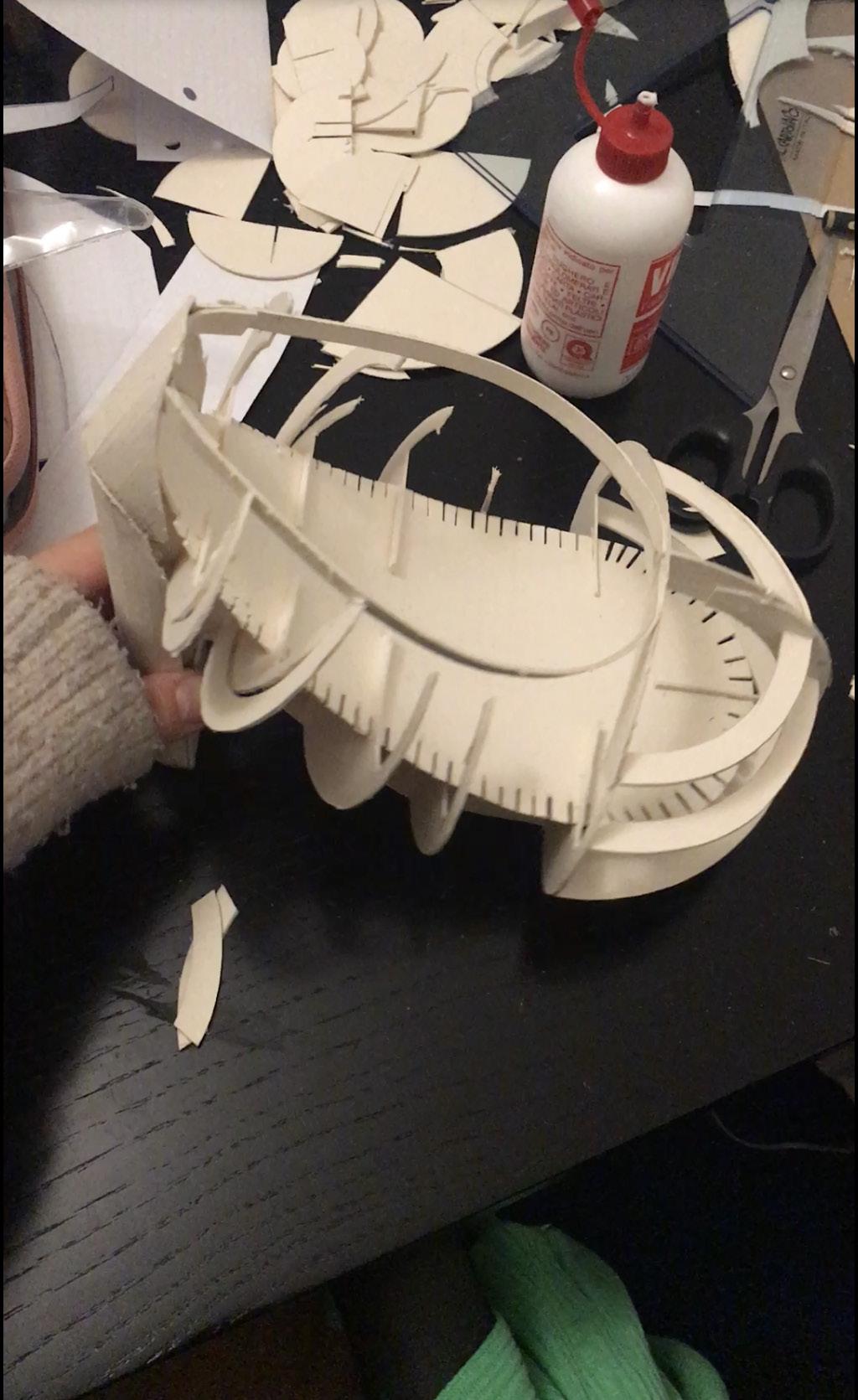
30
FAIL



31
WENT WRONG
SOMETHING
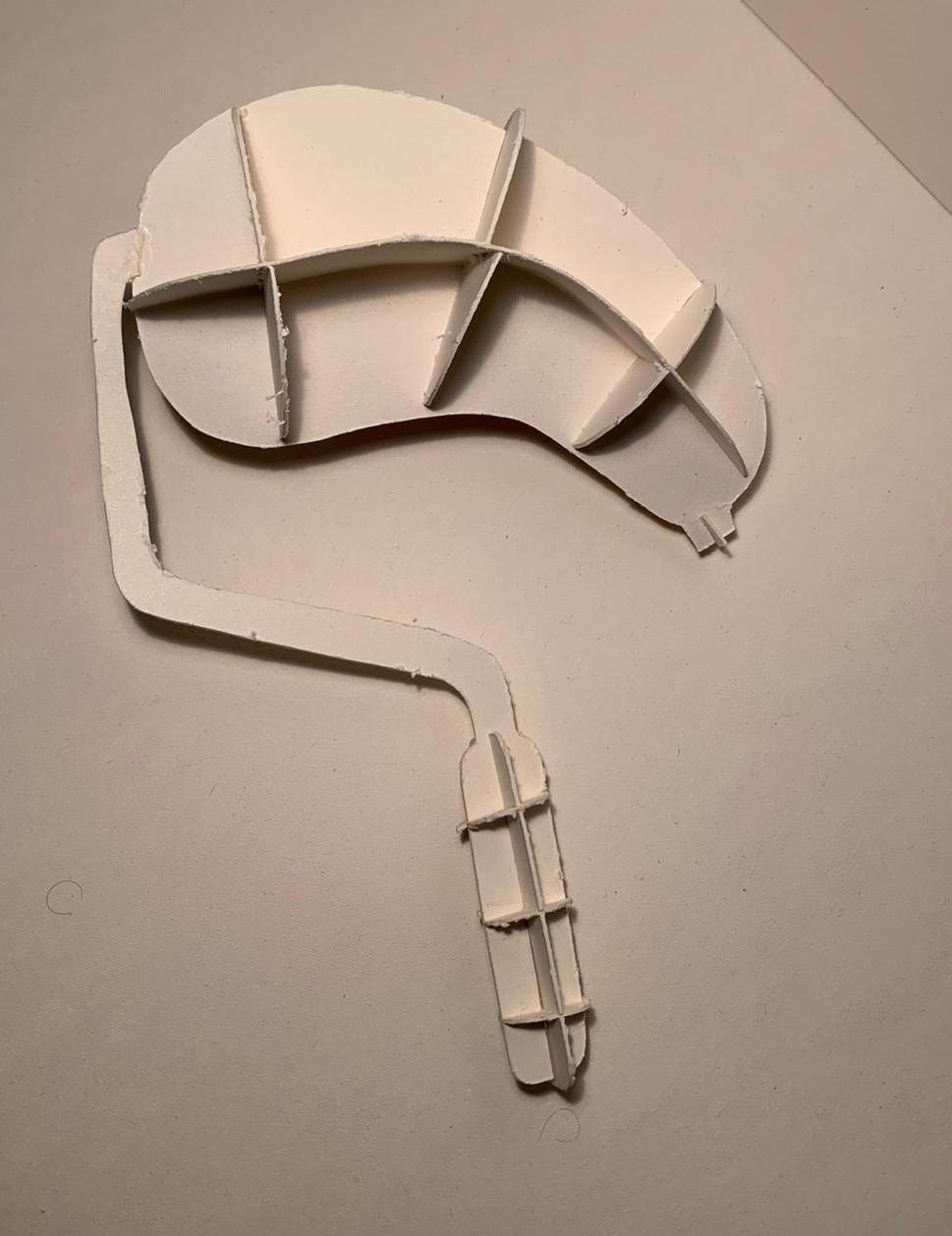
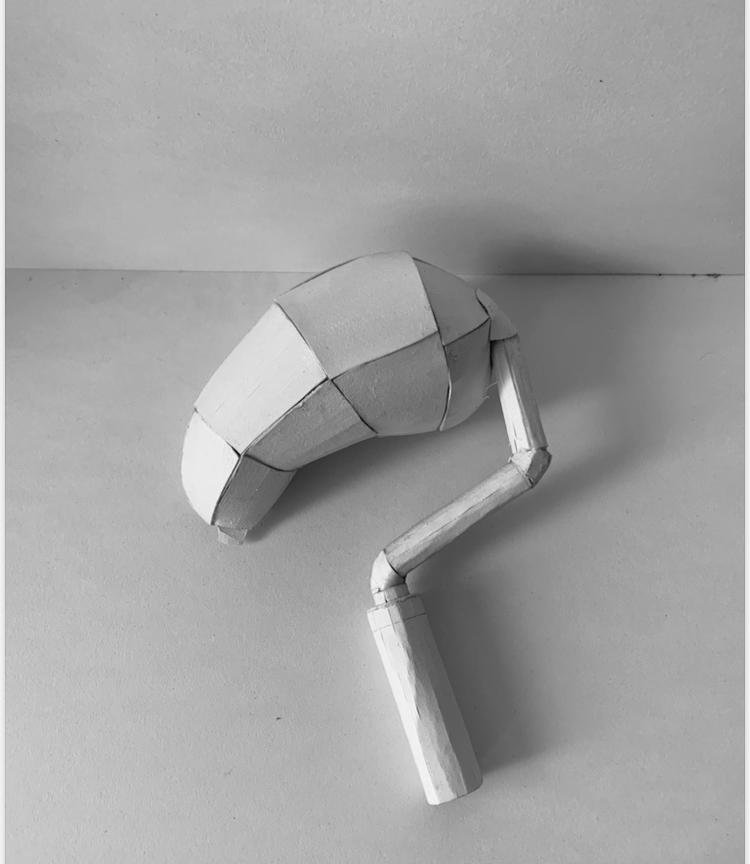
32
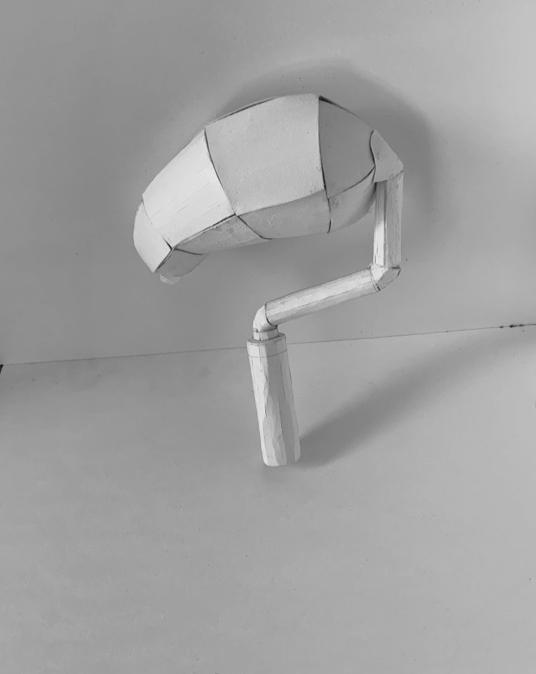

33 PAINT ROLLER

34
